In Japan, there exists hundreds of good luck charms, talismans and amulets which vary according to the regions, gods, beliefs and the field of life (health, happiness, luck, love, wealth, success...). These lucky charms are named engimono in Japanese. A large majority of Japanese people believe in good (and bad) fortune, and many people possess one or more engimono. Generally, these talismans can be bought in temples and shrines. A good time to buy one is shortly after the New Year to ensure good fortune and good luck for the upcoming year. Whether you believe in it or not, Japanese lucky charms still make great souvenirs to bring back from your trip to Japan. In this article, we introduce you to 15 of the most popular Japanese good luck charms, beloved by both locals and tourists alike.
Maneki Neko, the lucky cat

The maneki neko represents a smiling cat, sitting on its backside with one or two front paws raised up above its ear. Some figurines feature a movable paw that waves back and forth. For Japanese people, this gesture invites people to visit them, although Westerners would rather see it as a goodbye gesture. The term "maneki neko" can be translated as "the beckoning cat".
This Japanese lucky cat is said to bring luck, good fortune and happiness to its owner. In Japan, you can find it at the entrance of stores and businesses to attract customers. Many legends are related to the maneki neko and tell about its origins and history.
Daruma, symbol of perseverance

The daruma is a hollow, round papier-mâché figure, with large opened eyes, imposing moustaches, thick eyebrows and a very intense facial expression. Often red, it is nowadays also possible to find it in different colors. The daruma is a Japanese good luck charm that will help you to realize your dearest wish.
When you buy a daruma doll, its eyes are blank, without iris. The first thing to do is to paint the first eye while formulating your wish or goal. This wish must be achievable, because this doll does not work miracles. Then, you place the doll in a prominent place in your home, so that you will see it every day. Its physical presence will remind you of the goal you have set and will push you to take action. Once you have reached your goal, you can paint the second eye.
But where does this limbless doll originate from? The curious story of the Daruma is linked to that of the monk Bodhidharma, the originator of Zen Buddhism in Japan, who spent nine long years meditating, without moving or sleeping, to the point of losing his limbs.
Omamori, the protective amulet

An omamori is a small bag made of colored and nicely decorated brocade (brocaded silk fabric). This small bag usually contains a talisman or a piece of paper on which is written a prayer and the name of the god supposed to protect us. Once the bag is closed, it must not be opened, at the risk of attracting bad luck.
Omamori are very powerful protective amulets. The embroidered kanji inscriptions on the fabric indicate the area of life in which the amulet is effective: luck, love, health, money, academic success and many others. To benefit from the protection of this Japanese amulet, it is advisable to keep it with you at all times. Some put it in their wallet, others use it as a key chain. In Japan, this lucky charm can be bought in most Buddhist shrines and temples.
Omikuji, the fortune-telling paper
 (Credits: japanda.fr)
(Credits: japanda.fr)
The omikuji is a small strip of paper on which a good or bad omen is written. In Japanese, omikuji means "to carry out the will of God". In the past, it was common practice to ask gods for their advice before making a big decision, and this randomly drawn piece of paper served as a divine message. Nowadays, omikuji are mainly pulled during the first visit of the year to the temple or shrine. A small offering (100 to 200 yen) is given in order to pull out a random piece of paper with a number written on it which corresponds to a specific drawer. When the drawer is opened, a small rolled up piece of paper is revealed on which the prediction is written. If it is a blessing, you can keep this piece of paper preciously in your wallet. If it is a curse, you can tie the strip of paper around a pine tree or on a wire in the sanctuary so that bad luck does not follow you afterwards.
Ema, the wooden plaque that grants wishes

If you are lucky enough to visit a Shinto shrine in Japan, you will probably see many small wooden plaques hanging with a design on one side and a wish on the other. These wooden plaques are called ema and allow one to write a wish publicly in the hope that it will be read by the kami - or Shinto deity - that resides at the shrine. Anyone may write whatever wish they want. For example, you can find requests for family protection, good health, business prosperity or luck in love. During exam periods, many students visit one of the shrines dedicated to the god of studies and write their wish for success on an ema.
Senbazuru, the garland of a thousand cranes in origami

The senbazuru is a garland made up of 1000 origami in the shape of cranes, assembled together by a thread. This good luck charm has its origin in an ancient Japanese legend telling that "whoever will be able to realize 1000 cranes in origami will see his dearest wish come true". Generally, this wish is about healing, good health and a long life. The crane is an auspicious bird in Japan as well as a symbol of longevity, as it is said that "the crane can live up to 1000 years". The senbazuru is frequently offered to a sick person in order to wish him/her a good recovery, or on the occasion of a wedding or a birth to wish a long life full of happiness.
Koinobori, the good luck carp for boys

In Japanese, the term koinobori means "carp streamer" and refers to a windsock shaped as a koi fish. This colorful, ornamental fish is a symbol of strength, courage, perseverance, success and virility in Japan. A Chinese legend tells that the koi fish, after swimming up the Yellow River, would transform into a dragon before taking its flight.
Koinobori are hoisted on top of a bamboo pole during the national festival called Kodomo no hi which takes place every year on May 5th. Although the name of this celebration can be translated as "children's day", it is more precisely a celebration of all boys in the country (girls also have their own festival on March 3, known as Hina matsuri). During this special day, families with one or more boys will float koinobori in front of their house to honor the strength and perseverance of the carp, two qualities that are highly valued by boys.
At the end of the bamboo pole, there are usually several koinobori hanging. The first carp, black in color, is the largest one and represents the father. The second carp is red and represents the mother. Lastly, each child of the family is symbolized by a small carp.
Kokeshi, the doll that embodies happiness and prosperity

Kokeshi dolls are traditional Japanese items originating from the Tōhoku region in northern Japan. Handcrafted from wood, they are distinguished by their simple shape: a cylindrical body without arms or legs, topped with a round head. Their appearance is often enhanced with delicately painted floral motifs, symbolizing the beauty of nature.
Beyond their aesthetic appeal, Kokeshi dolls carry significant symbolism. They are traditionally given as a sign of friendship or love, embodying wishes for happiness and prosperity. In Japanese culture, these dolls are considered good luck charms, believed to protect homes from evil spirits and ensure a peaceful life for their owners.
With their simplicity and calming aura, Kokeshi dolls continue to appeal to those who wish to introduce a touch of Japanese wisdom and happiness into their daily lives.
Shichi fukujins, the seven lucky gods

The Shichi fukujins are seven deities of luck, happiness, and good fortune. Their name breaks down as shichi meaning "seven," fuku meaning "luck," and jin meaning "god." In Japan, the number 7 is associated with luck, and these deities represent the seven virtues of humanity: longevity, honesty, indulgence, dignity, goodness, popularity, and opportunity. They are often depicted aboard a ship called the Takarabune, or Ship of Treasures.
On Japanese New Year's Eve, these seven gods of happiness descend to Earth on the Takarabune to reward the most deserving with luck and happiness for the coming year.
- Hotei (布袋): god of abundance, fulfillment, and contentment. With his smile and big belly, he is often mistaken for Buddha by Westerners.
- Daikokuten (大黒天): god of wealth, prosperity, and trade. He is depicted with a round, smiling face, a paunchy belly, a bag of rice, and a kind of magic wooden mallet (uchide no kozuchi).
- Ebisu (恵比寿): god of fishermen, merchants, and honest work. He is depicted holding a fish in one hand and a fishing rod in the other.
- Jurojin (寿老人): god of longevity, often depicted with a white beard and a cane.
- Fukurokuju (福禄寿): god of longevity, wisdom, and virility, represented by a bald old man with an elongated head, a white beard, and a cane.
- Bishamonten (毘沙門天): warrior god, protector of Buddhist law, and leader of the four guardians of Buddha. He is depicted wearing armor, holding a pagoda in one hand and a spear in the other.
- Benzaiten (弁財天): goddess of knowledge, art, science, eloquence, and beauty. The only woman in the group, she is often depicted with a biwa (a Japanese stringed instrument) and a snake by her side.
The origin of these seven gods beautifully illustrates the blend of religions in Japan. Only Ebisu is a Japanese deity originating from Shintoism. Daikokuten, Bishamonten, and Benzaiten have their roots in the Hindu religion, while Hotei, Jurojin, and Fukurokuju come from Buddhist and Taoist traditions in China.
Tanuki, the mischievous guardian of prosperity

The Tanuki is a legendary creature from Japanese folklore, often depicted as a raccoon dog with a mischievous expression. Frequently illustrated with a round belly, a straw hat, and a sake bottle, the Tanuki is known as a master of transformation and playful deception. In Japanese culture, it symbolizes luck, prosperity, and cunning. Tanuki statues are commonly found in front of businesses, where they serve as talismans to attract prosperity and good fortune.
Komainu and Shisa, the guardians at the gates of happiness

Komainu and Shisa are emblematic guardians in Japanese culture. Komainu, often called "lion-dogs," are placed in front of Shinto shrines to protect sacred spaces. Shisa, on the other hand, are similar mythological creatures originating from Okinawa, typically installed in pairs on rooftops or at the entrances of homes. While one, with its mouth open, wards off evil spirits, the other, with its mouth closed, keeps good fortune. These statues symbolize protection, security, and well-being, guarding homes and shrines against malevolent forces.
Teru Teru Bozu, the doll that chases away the rain

The Teru Teru Bozu is a small traditional Japanese doll made of white cloth or paper, often hung in windows or outside homes. Its name translates to "shine-shine monk," referring to its ability to bring good weather. The Japanese make and hang these dolls, especially before important events or during planting seasons, in the hope of warding off rain and attracting sunny skies. The Teru Teru Bozu has become a symbol of wishing for good weather and, more broadly, for the fulfillment of hopes and desires.
Inu Hariko, the loyal dog who watches over the family

The Inu Hariko is a papier-mâché dog figurine originating from the Edo period. This figurine is especially cherished as a good luck charm for children and pregnant women. In Japanese culture, the dog is a symbol of loyalty and protection, and the Inu Hariko is given to bring health, happiness, and safety to newborns and their mothers. Often brightly colored and decorated with traditional patterns, the Inu Hariko represents family happiness and kindness.
Akabeko, the red cow that brings health and courage

The Akabeko is a red papier-mâché cow originating from the Aizu region of Japan. According to legend, this creature helped build a Buddhist temple and refused to leave the site once the work was completed. Today, the Akabeko is a symbol of resilience, courage, and good health. Traditionally given to children, it is believed to protect against illnesses, particularly smallpox. With its charming, wobbling neck, the Akabeko is not only a traditional toy but also a good luck charm, conveying wishes of health and strength.
Kit Kat, the chocolate bar of success

That's right, we are talking about the famous Kit Kat chocolate bar, the one you buy at the vending machine near the coffee machine in your office. There exist hundreds of different flavors in Japan, including the popular Matcha tea Kit Kat, sweet potato Kit Kat, cherry blossom Kit Kat and soy sauce Kit Kat! What does this chocolate treat have to do with this list of Japanese good luck charms?
In Japan, the name of this brand is pronounced "kitto katto" and is very similar to the Japanese expression "kitto katsu" which could be translated as "success at all times". This expression is often used by students before an exam, in the same way as "good luck!". When the Kit Kat brand arrived in Japan, it used this resemblance in its advertising campaigns to establish itself as "the chocolate of luck". And with great success. Academic achievement is something very important in Japan and in this culture full of beliefs, the chocolate bar had no trouble in becoming a little lucky charm in the eyes of the Japanese, a nice gift to offer to a student before an exam.
Surprised by this story? Well, it's not the first time that a brand has managed to establish itself in the Japanese culture through a marketing strategy. Since the 70's, the traditional Christmas meal in Japan has been associated to KFC for a large majority of Japanese people...

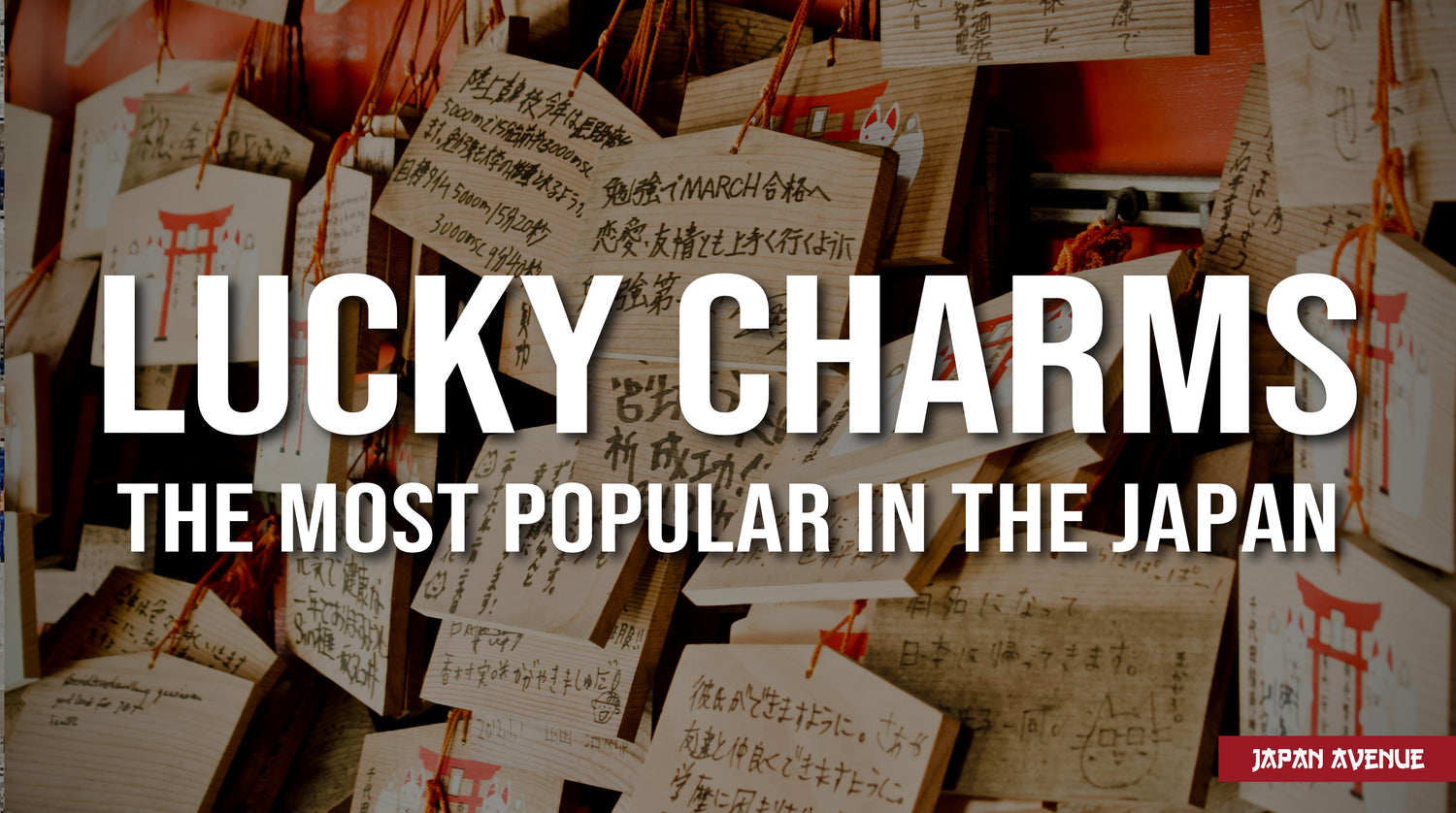
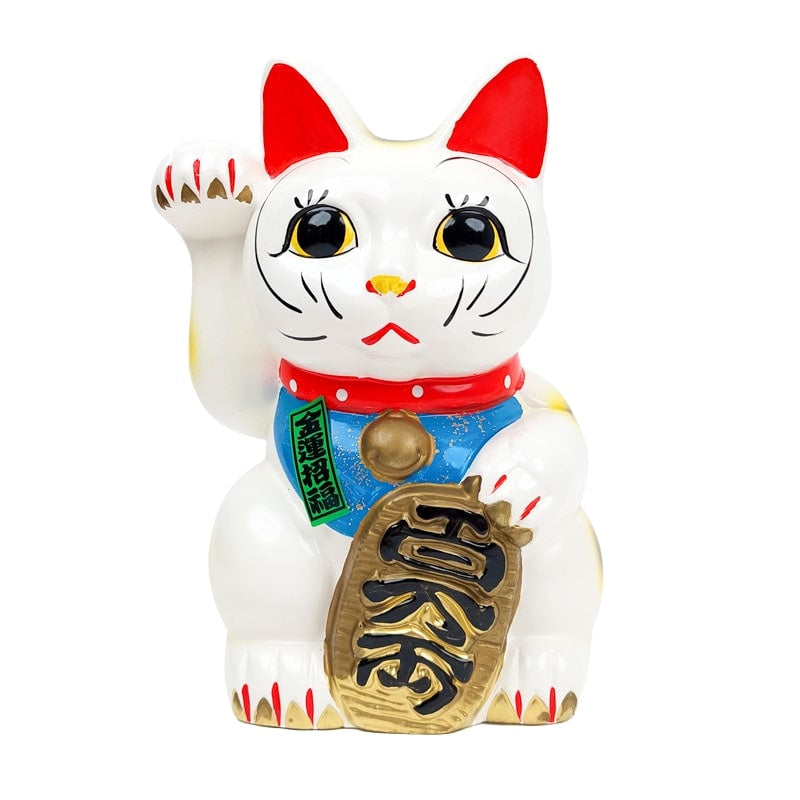
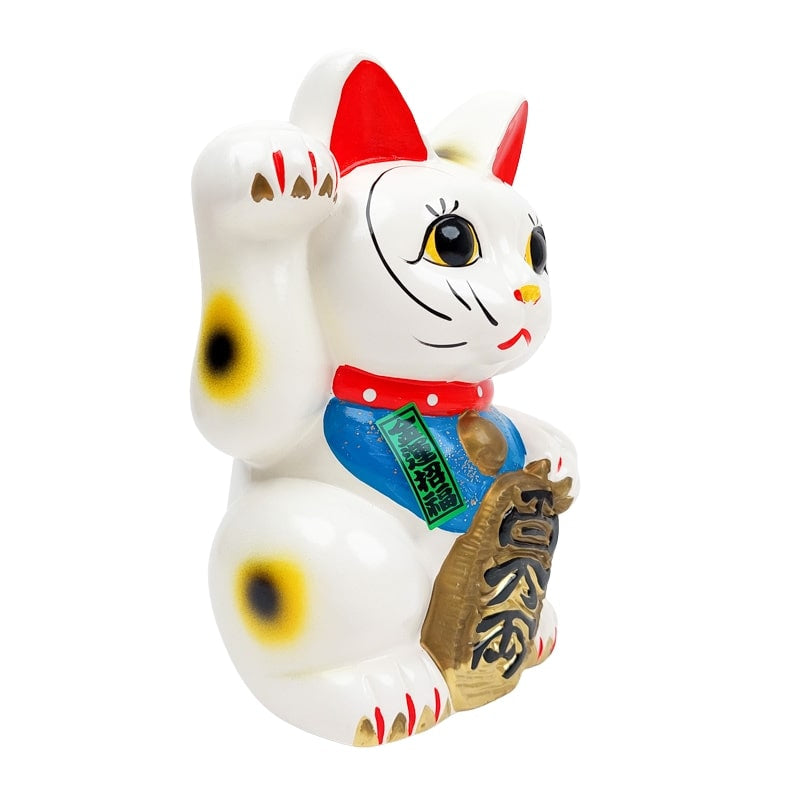
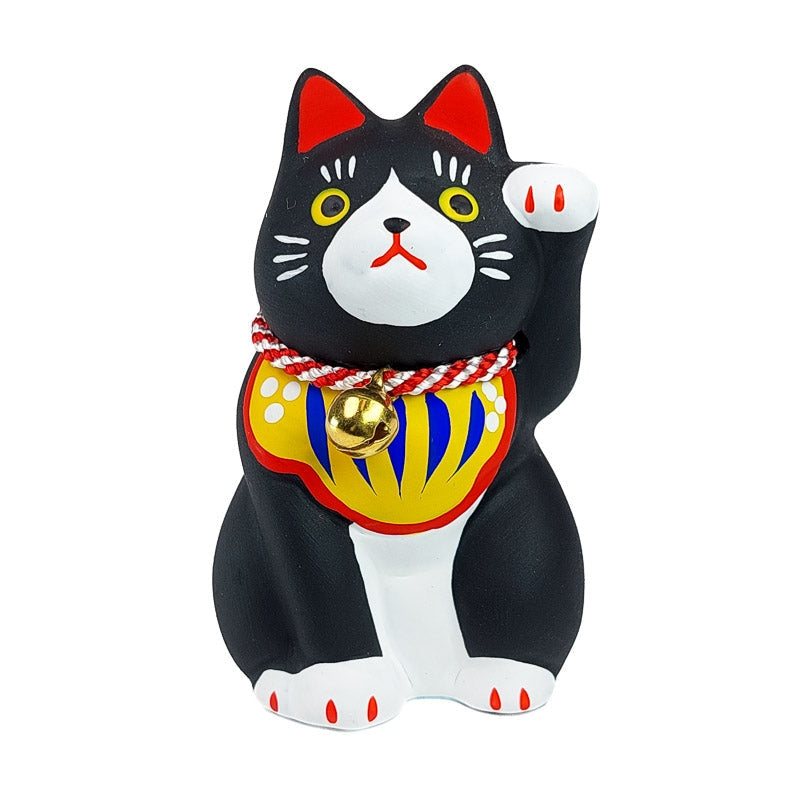
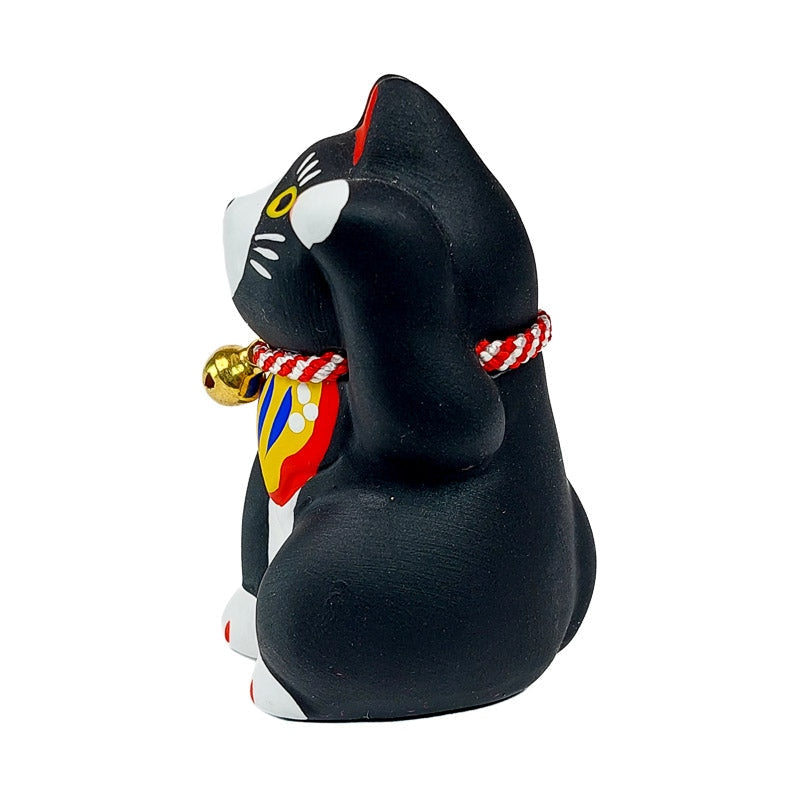
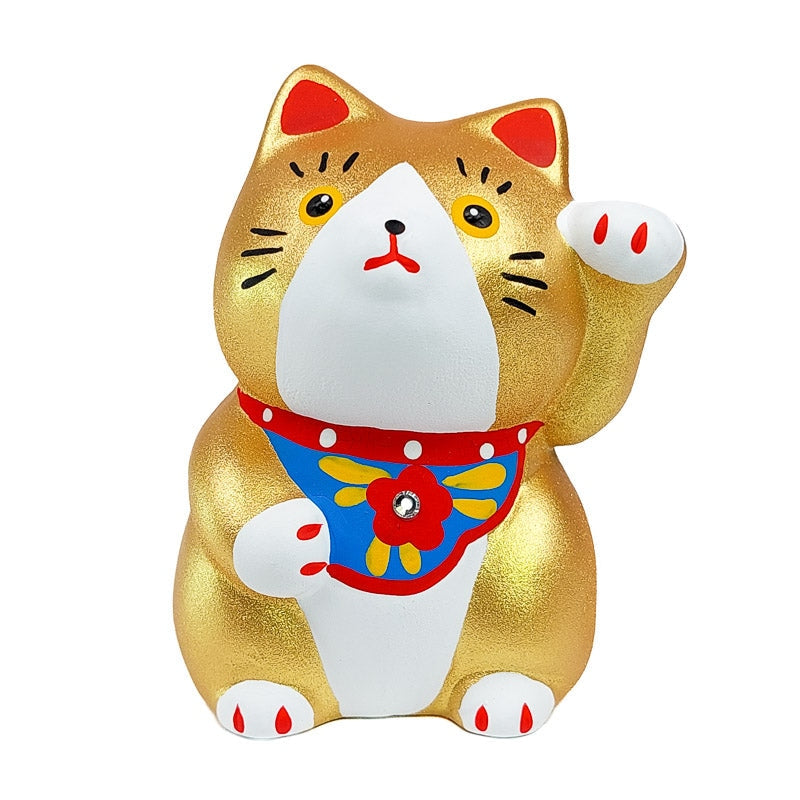
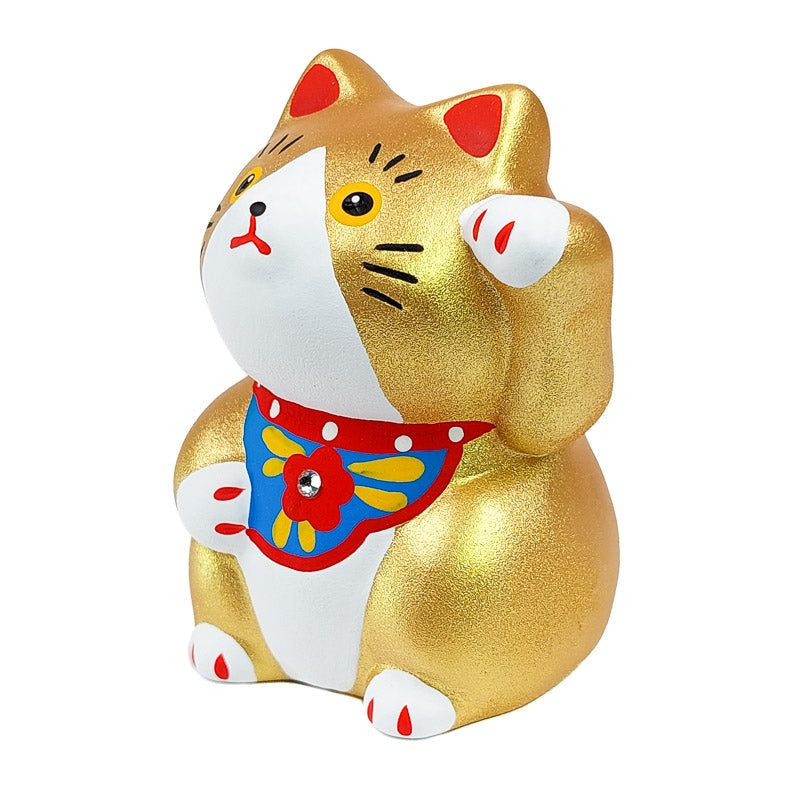
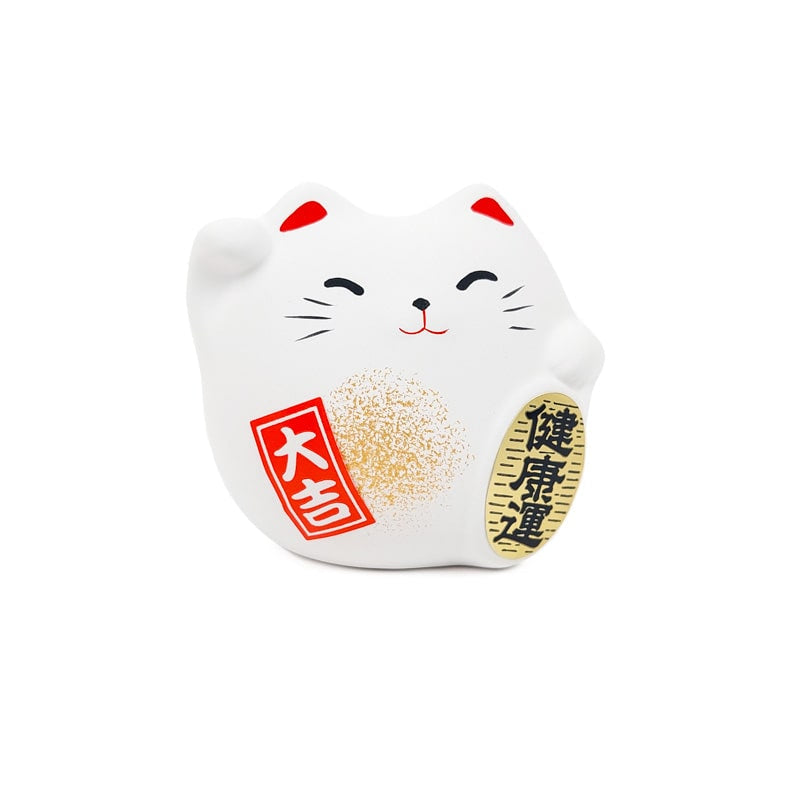
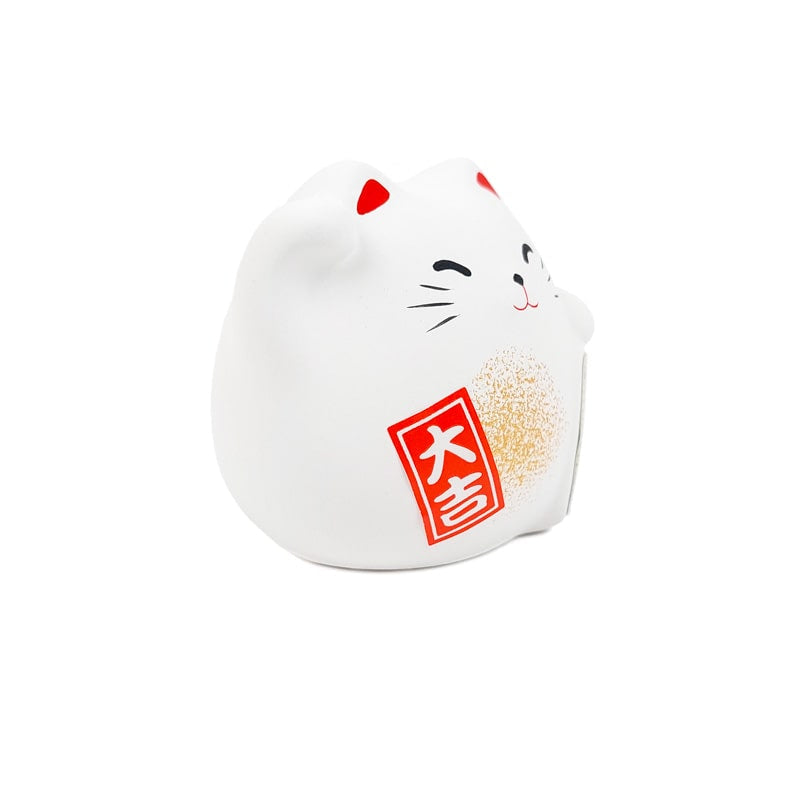
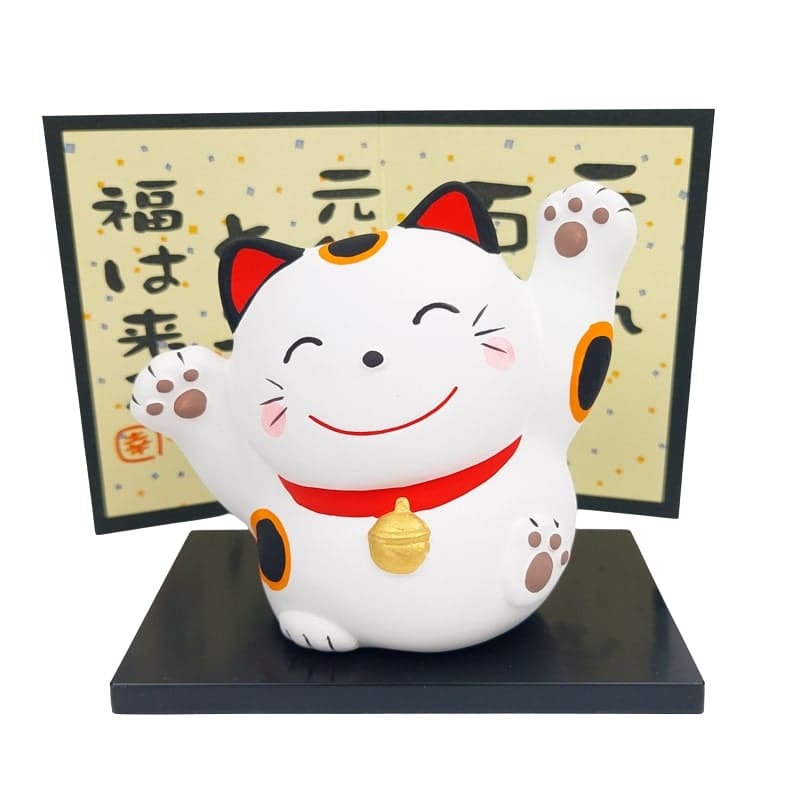

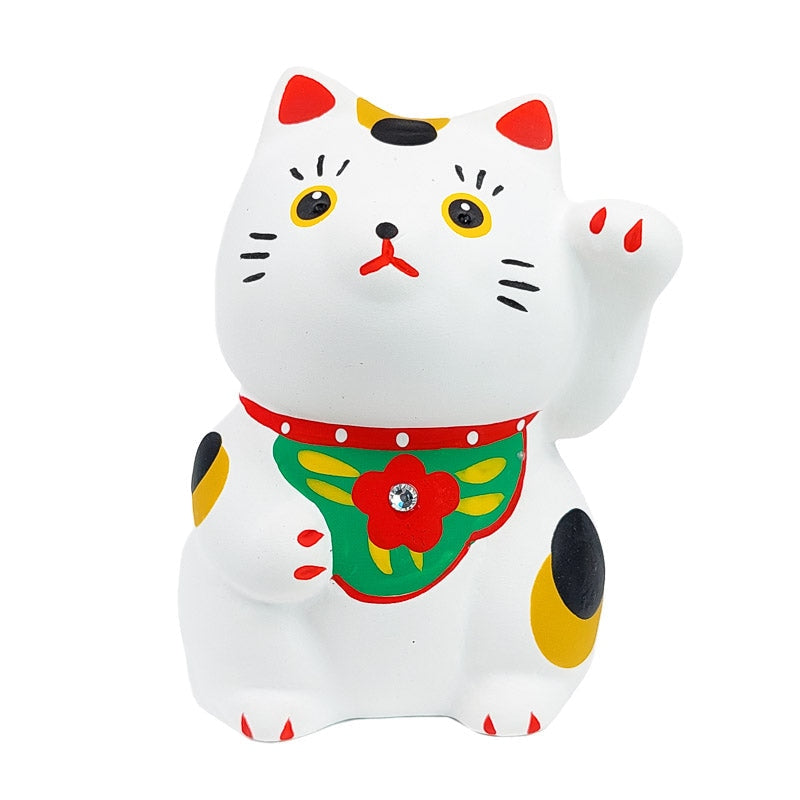
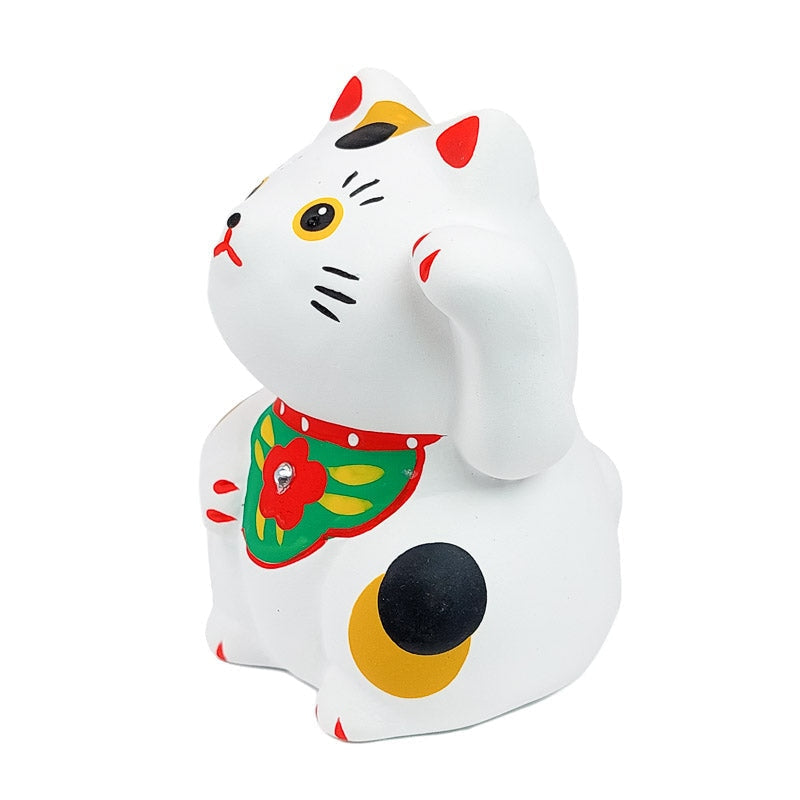

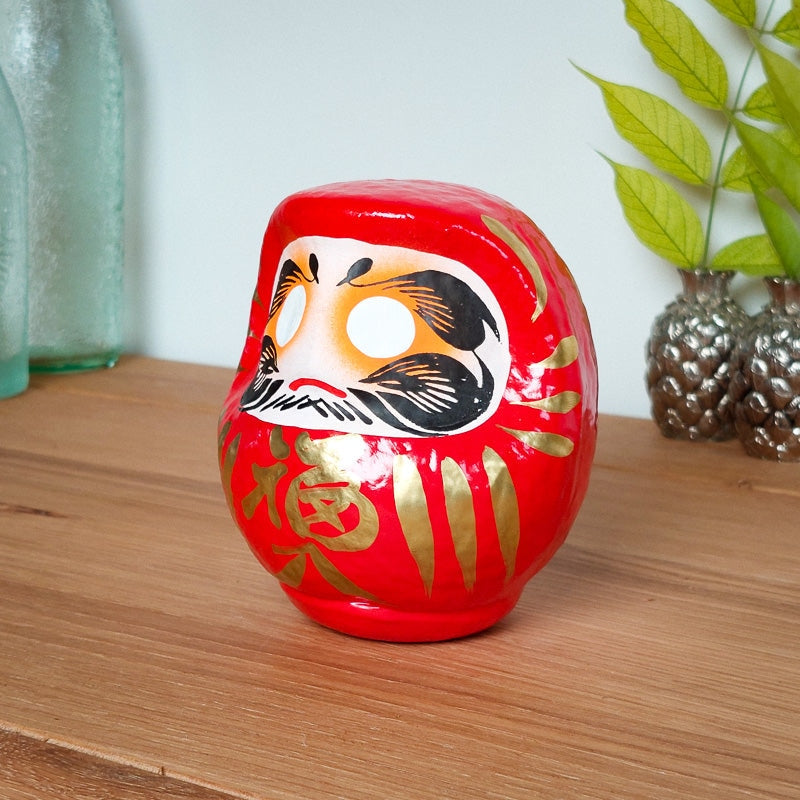
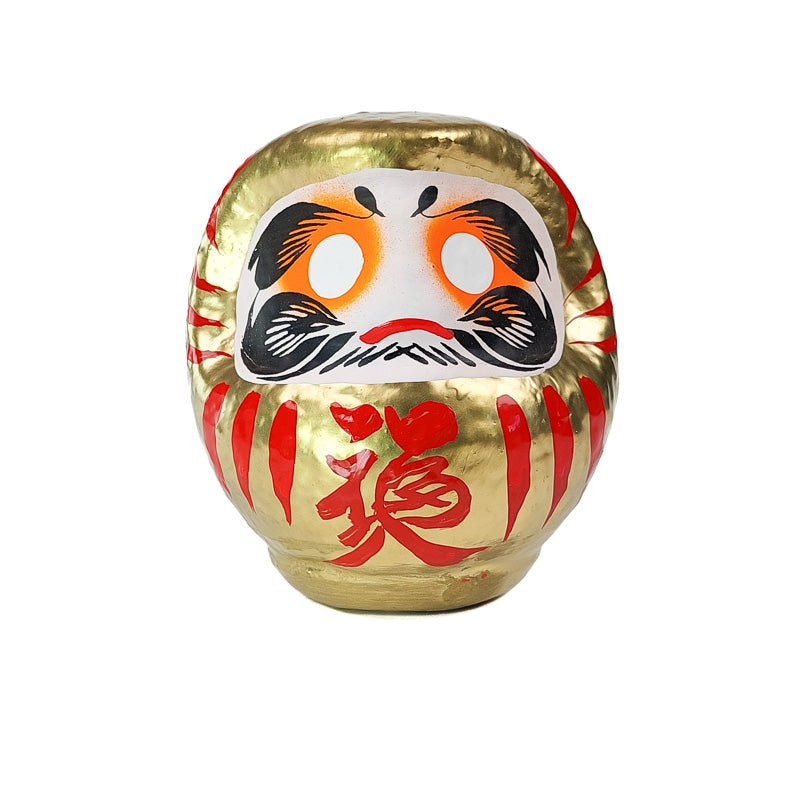
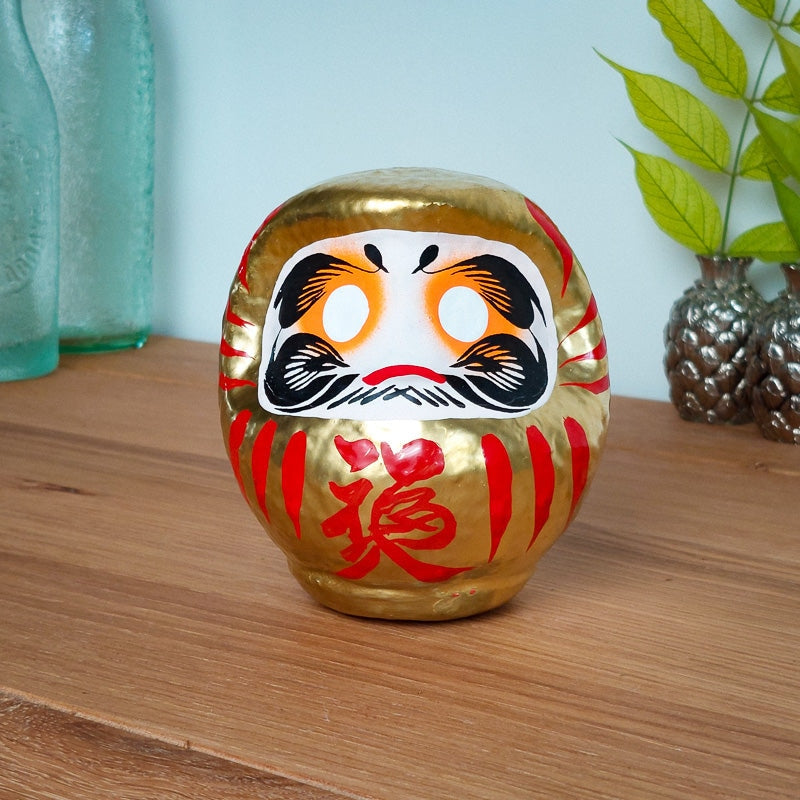
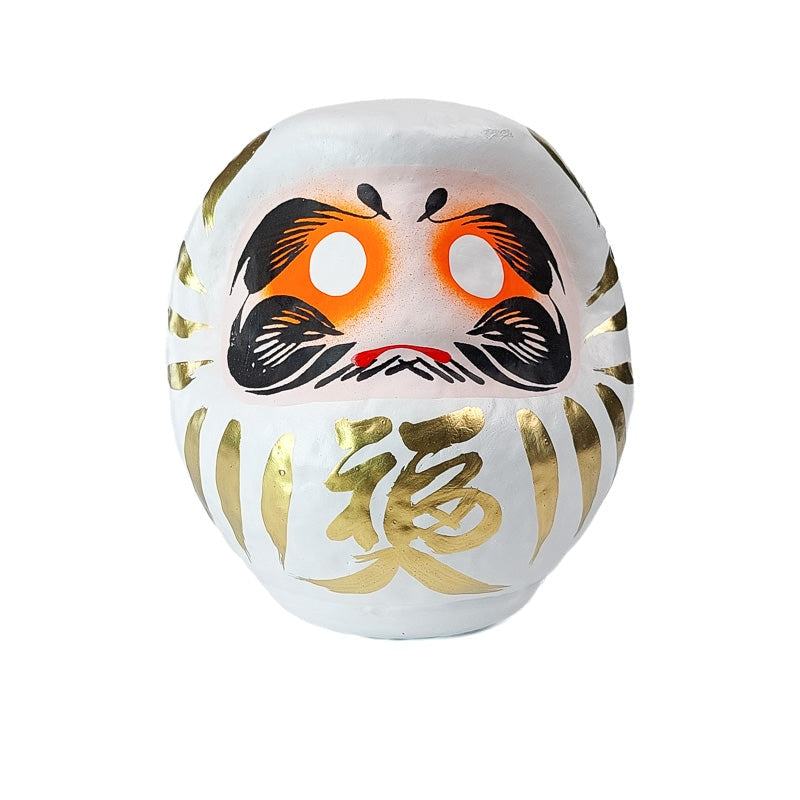
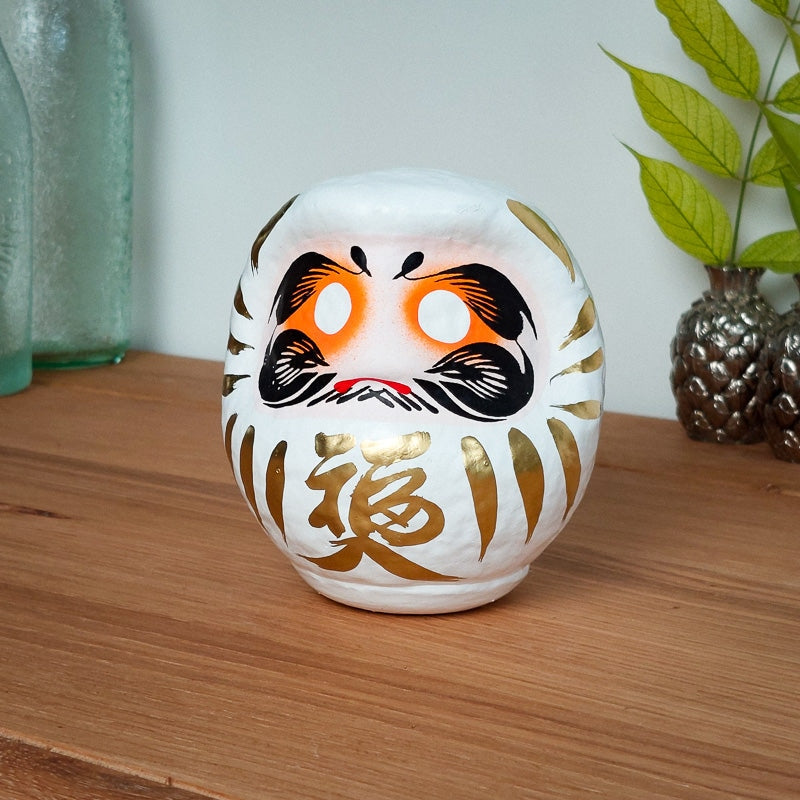
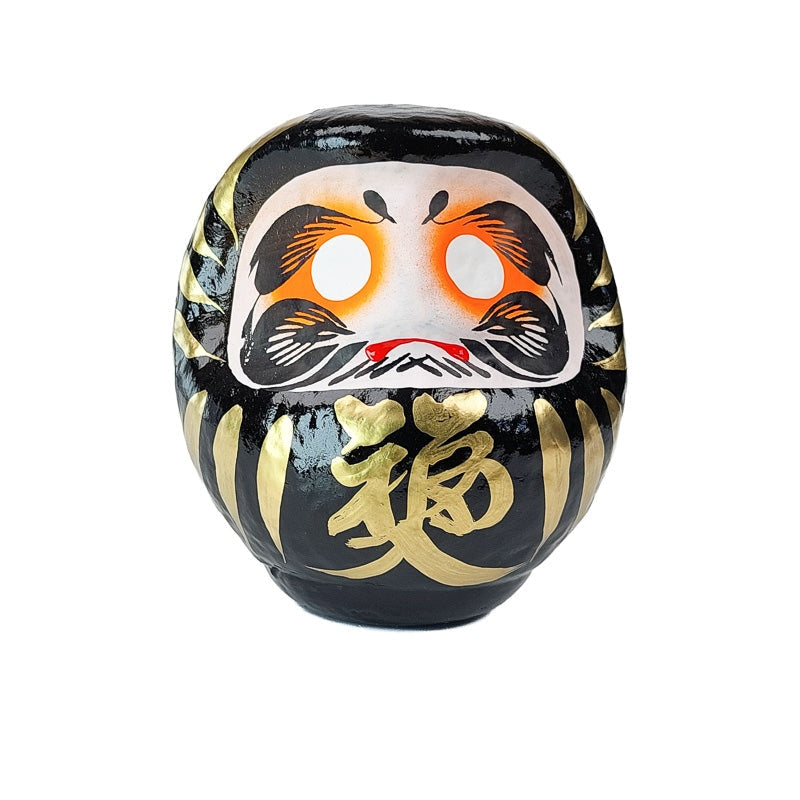
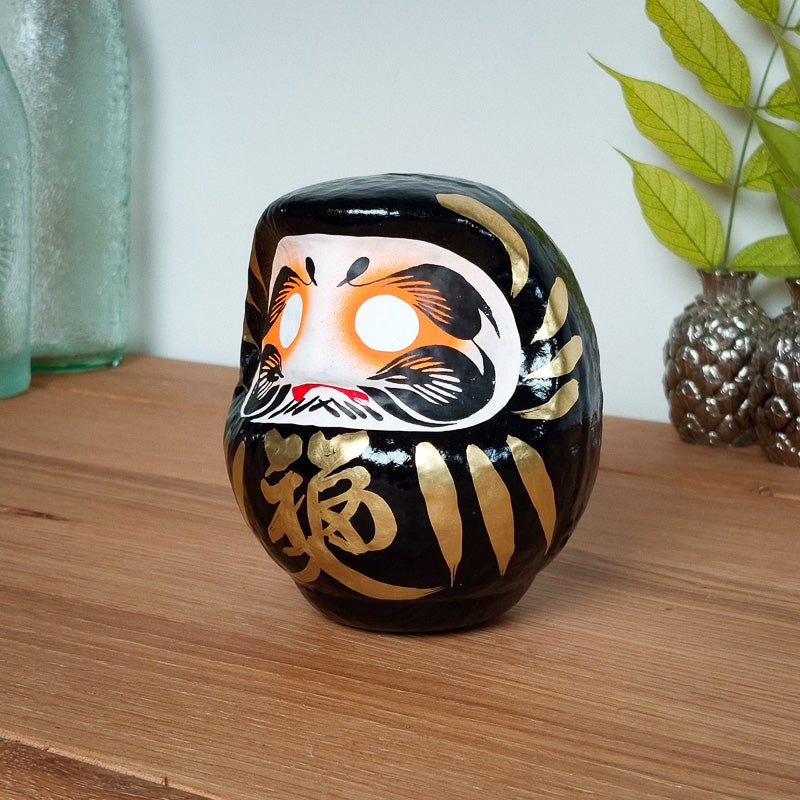
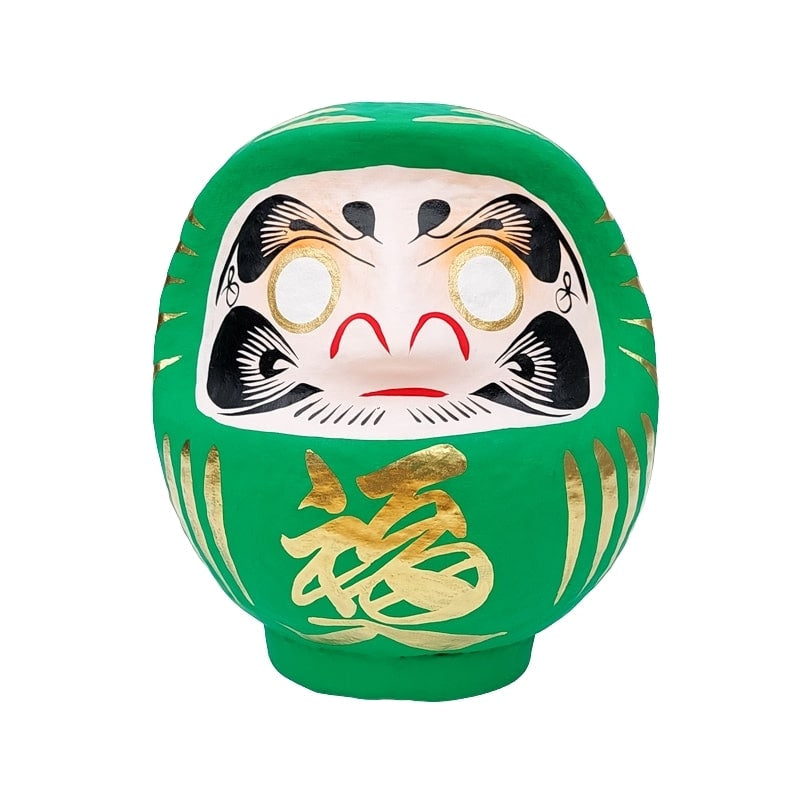
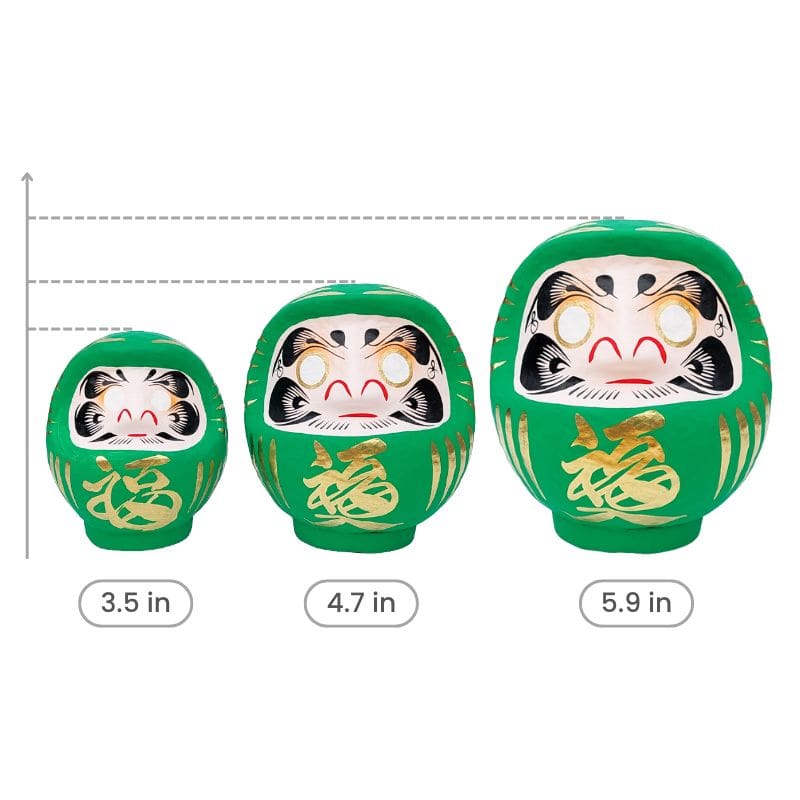
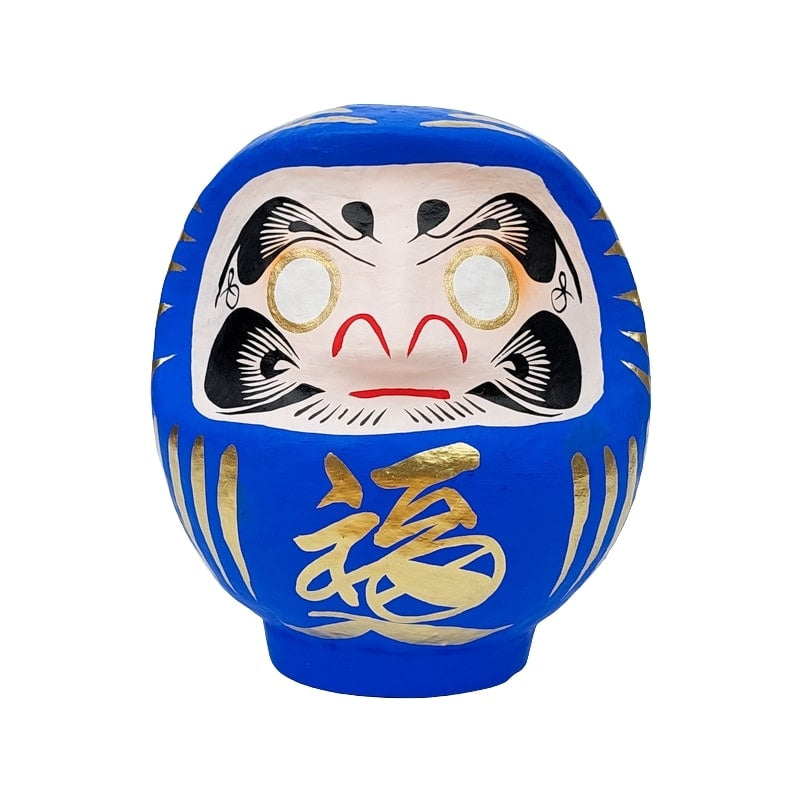
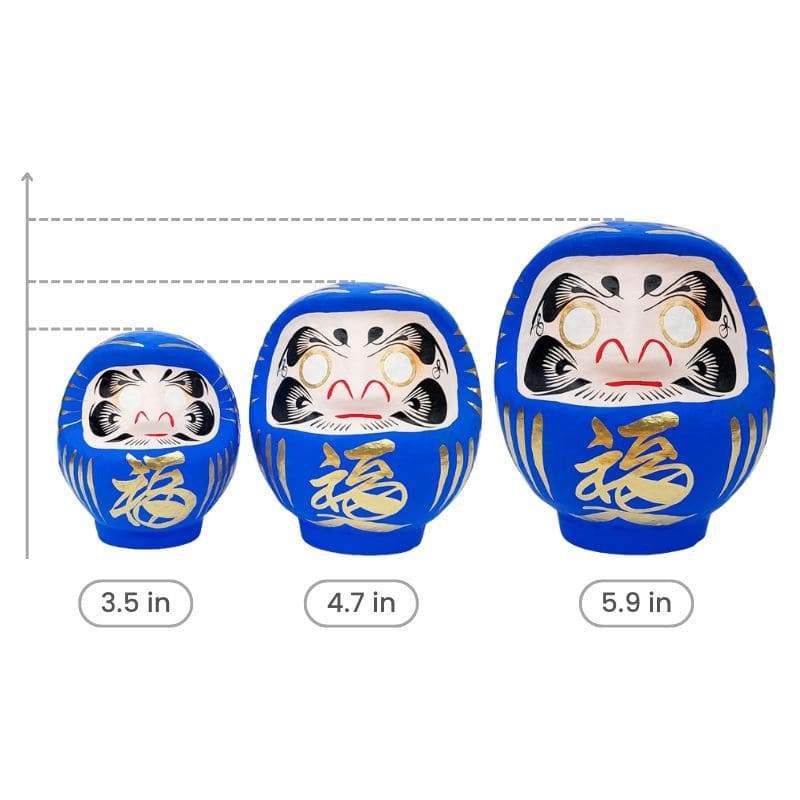
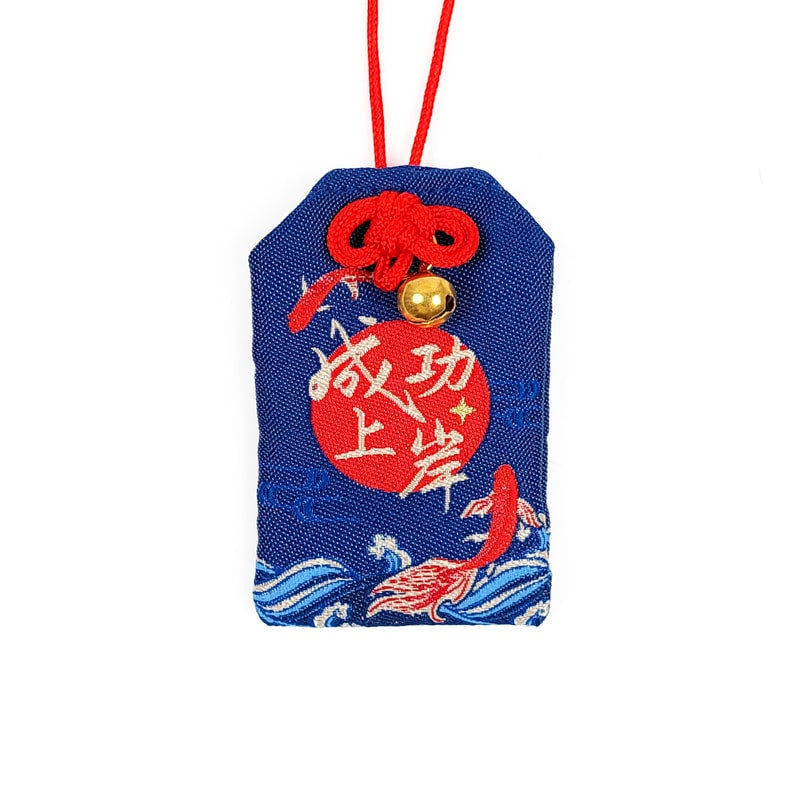

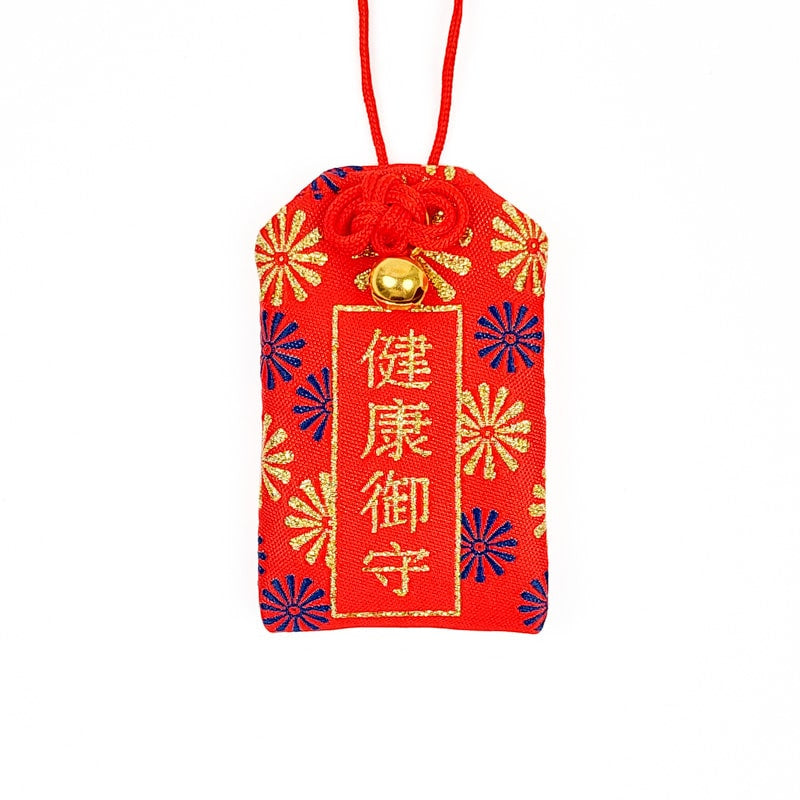

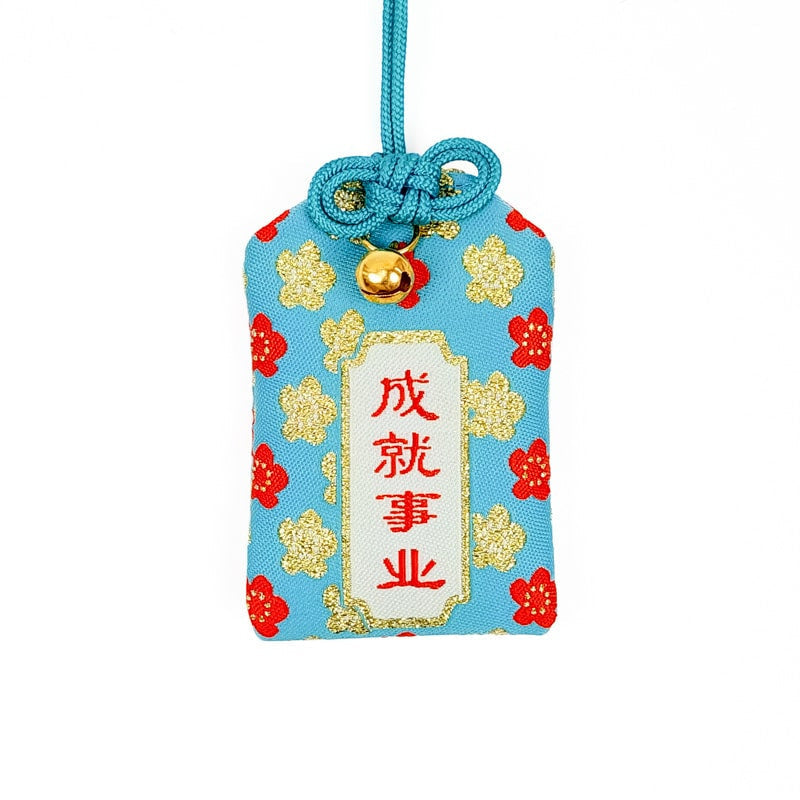
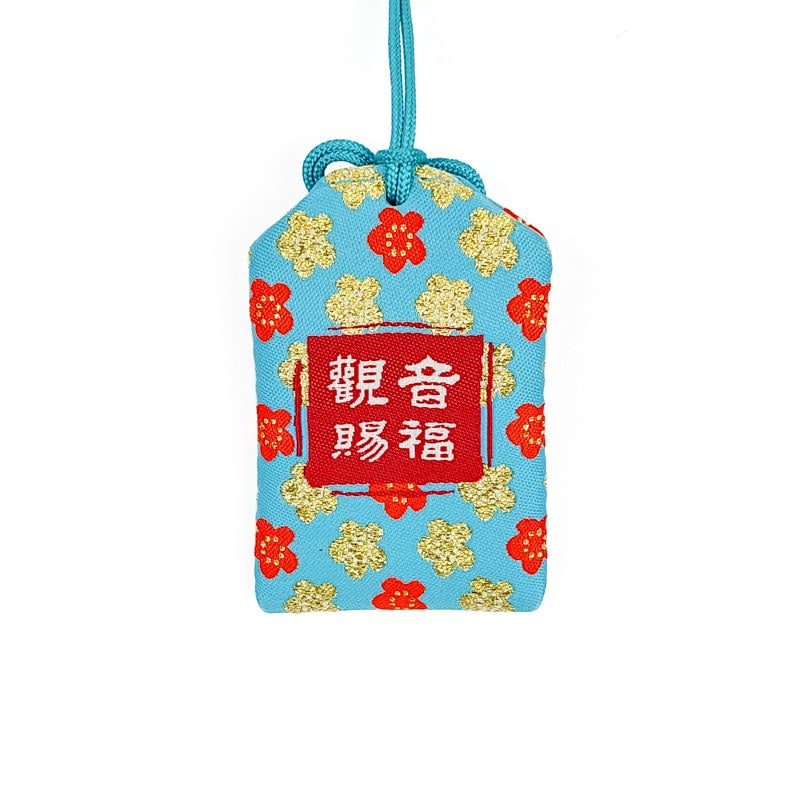
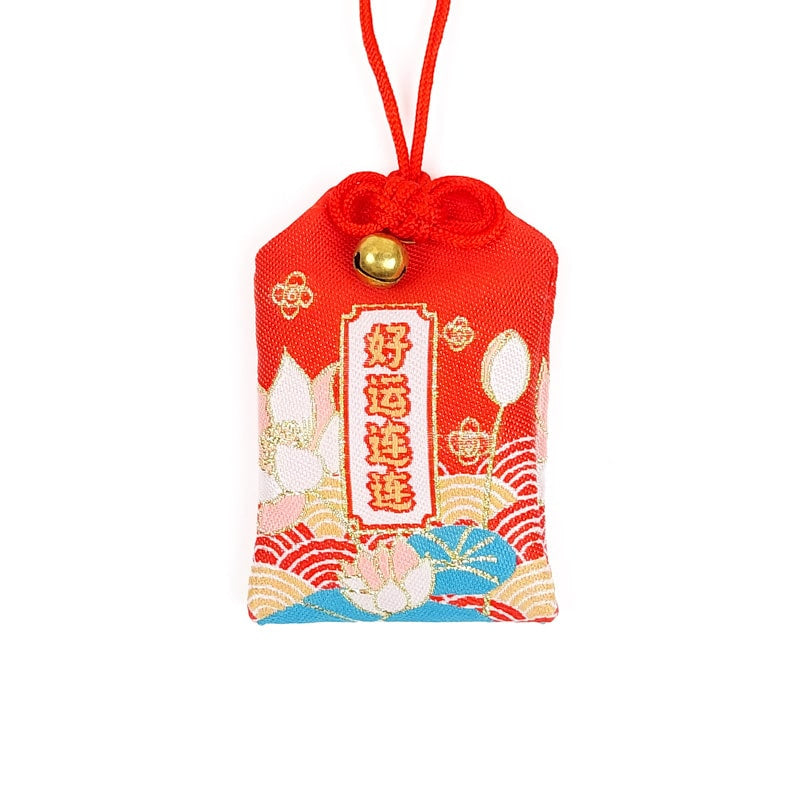
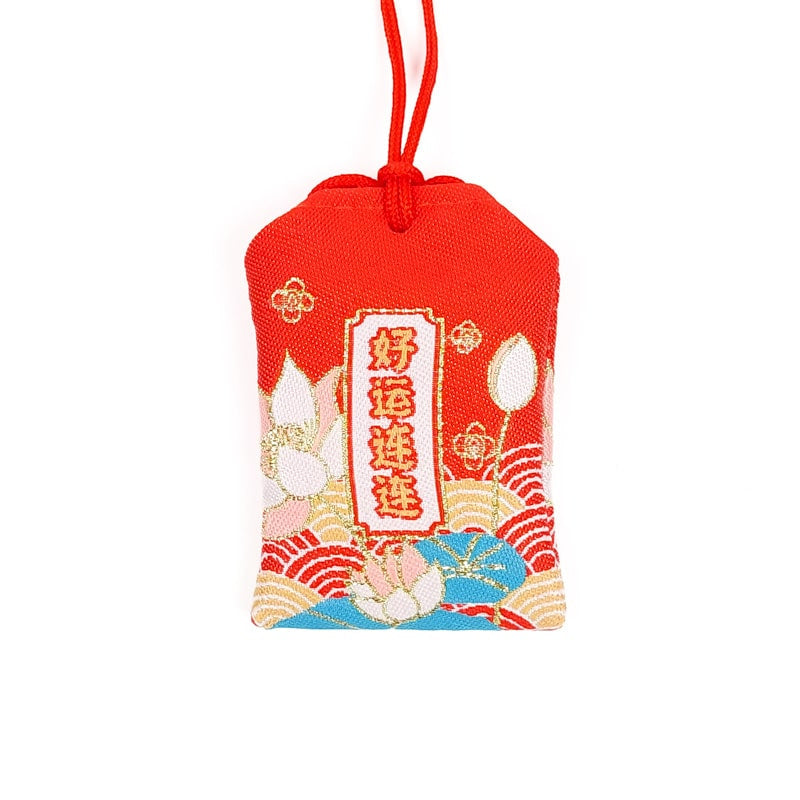
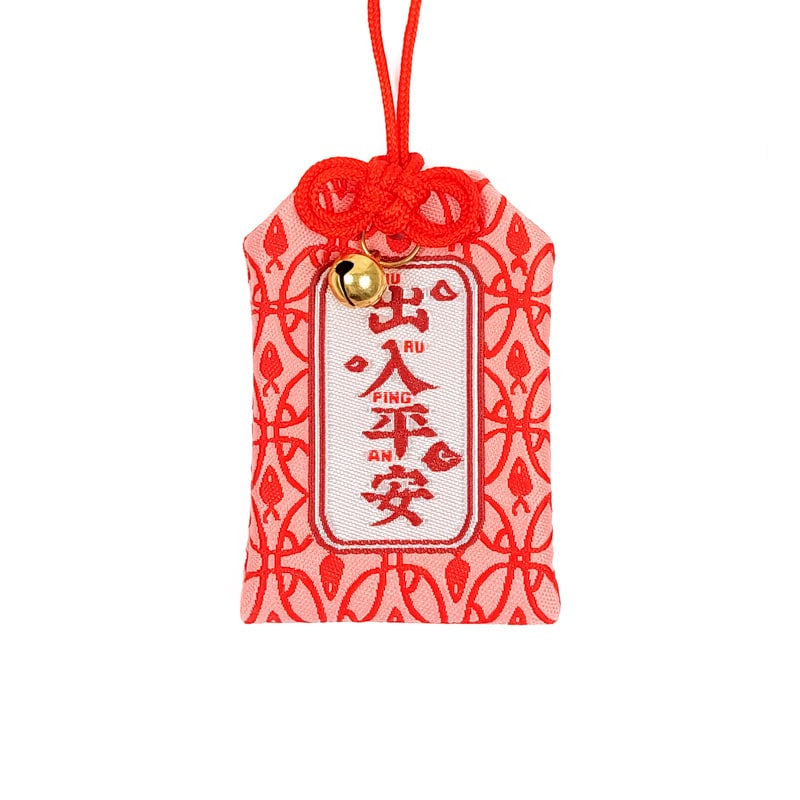
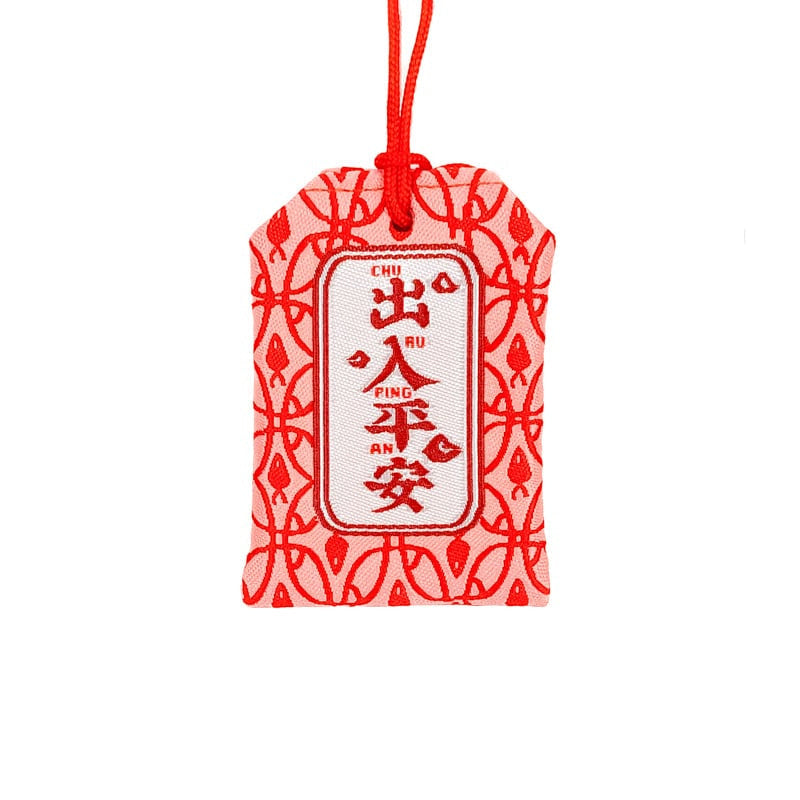
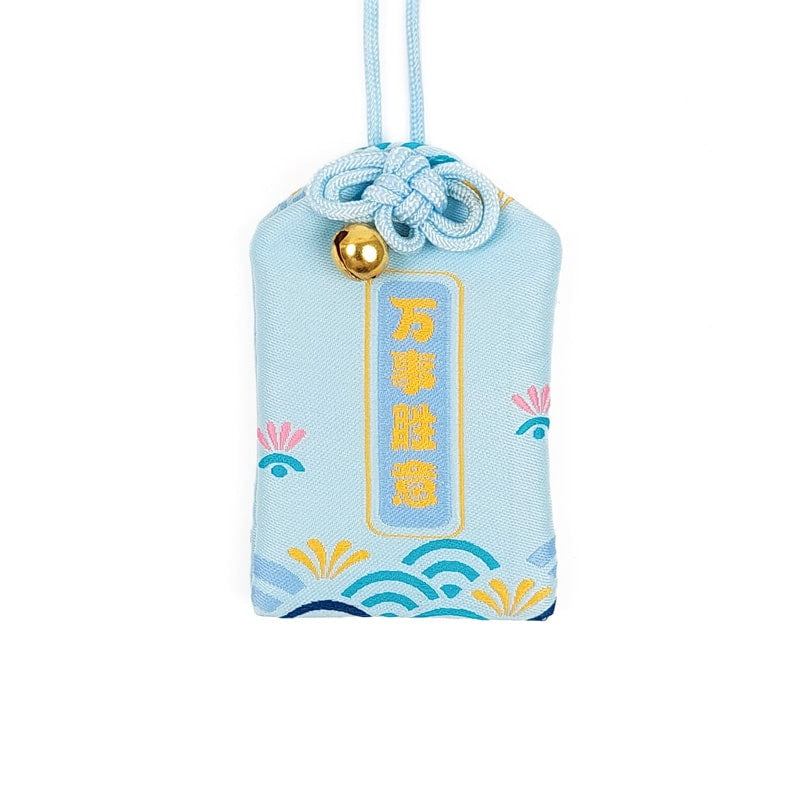

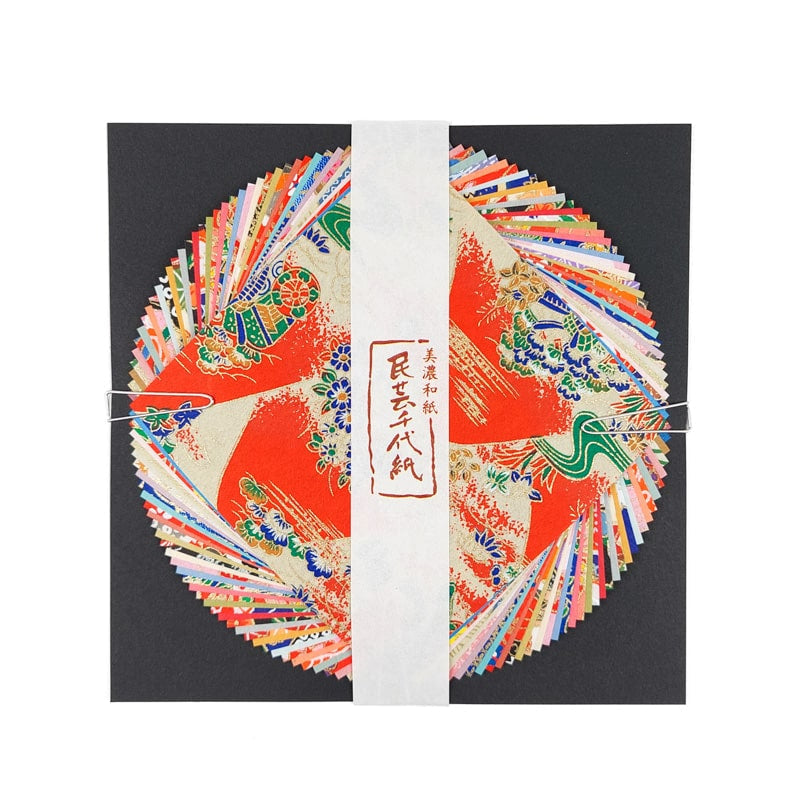
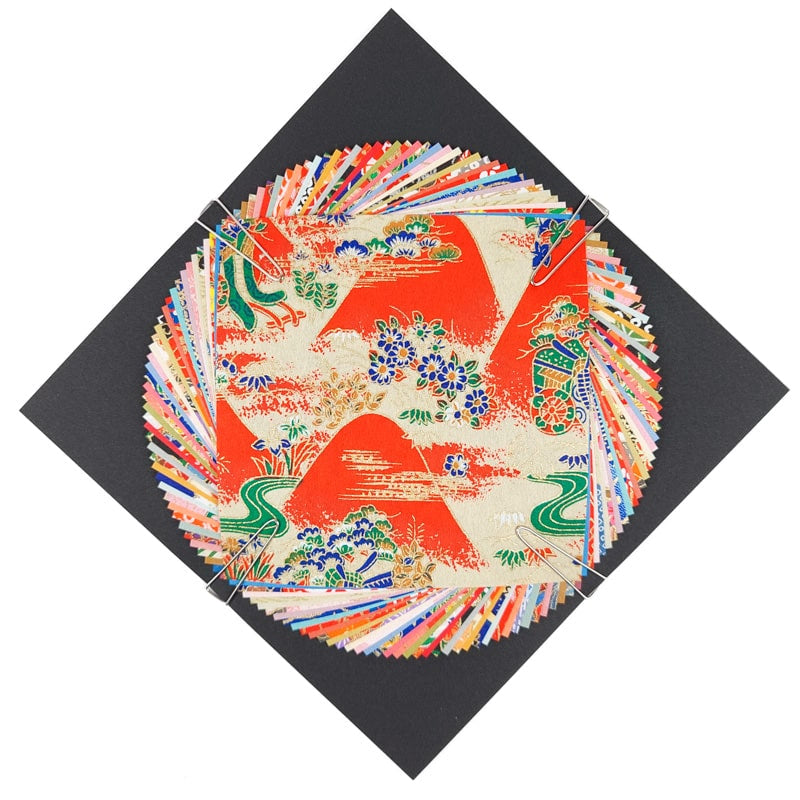
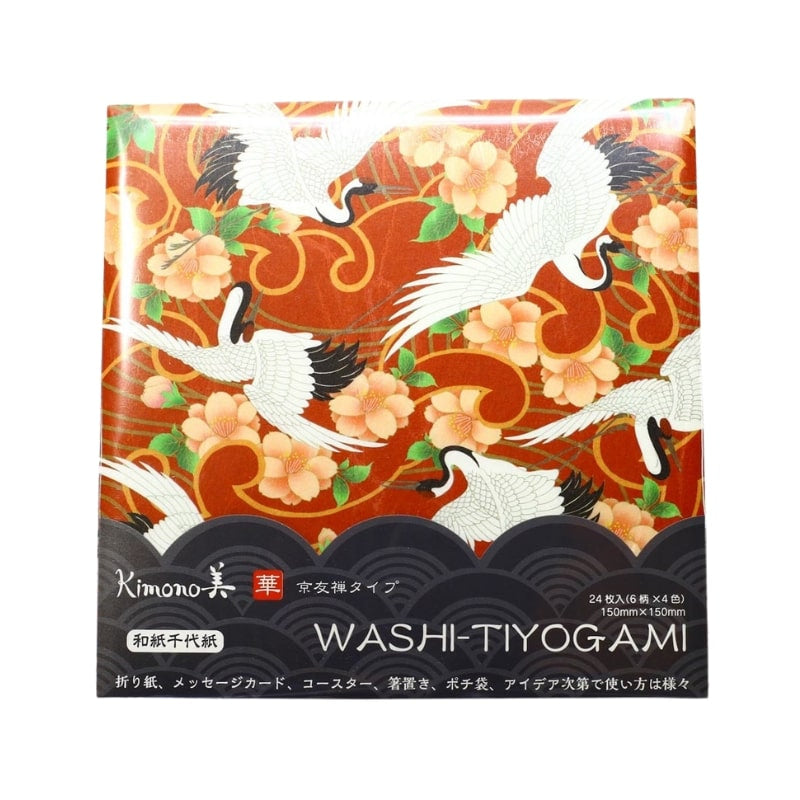

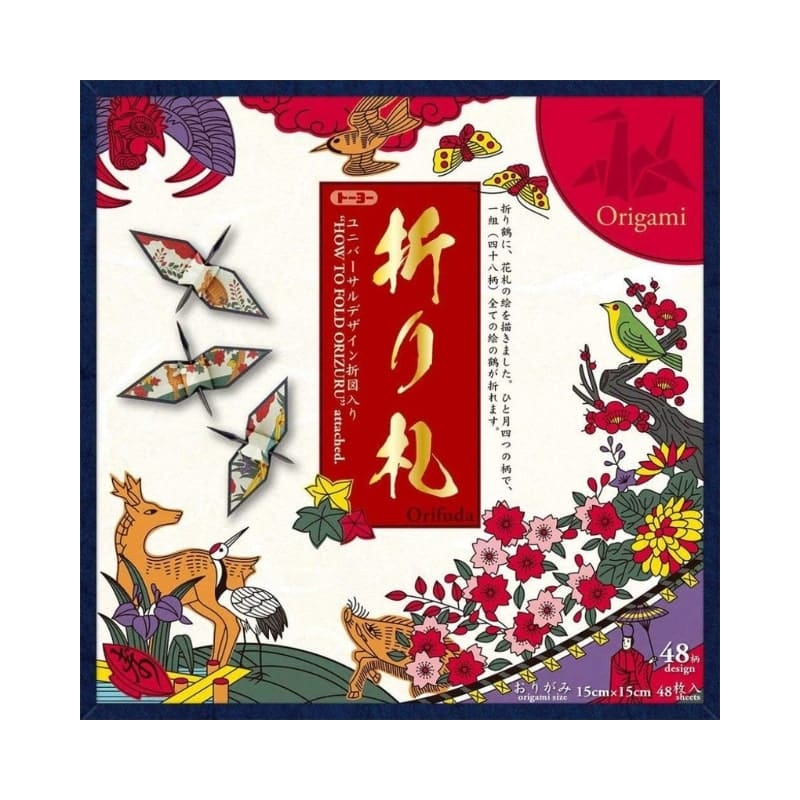
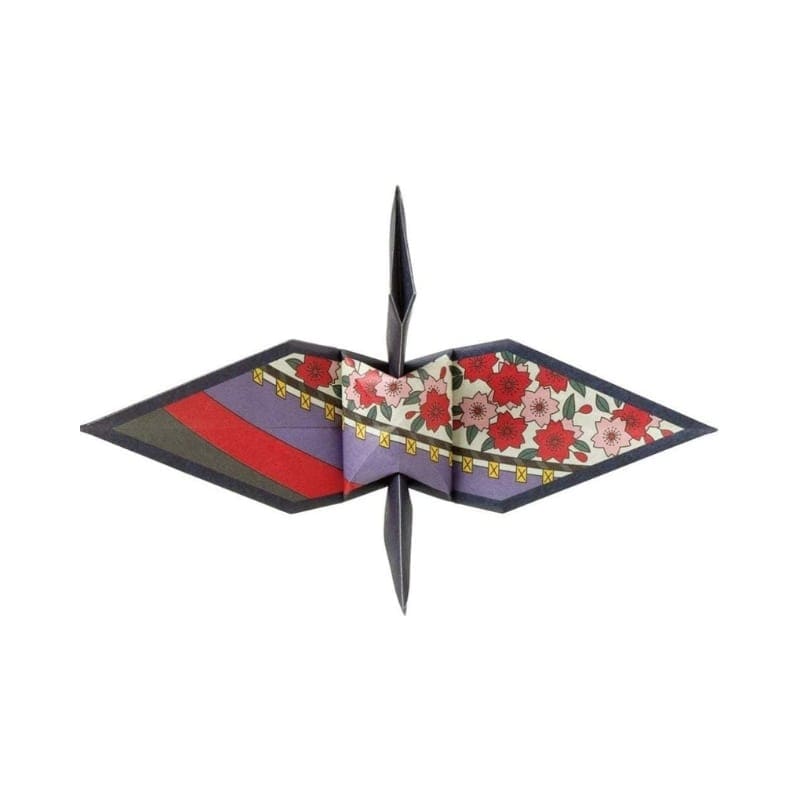
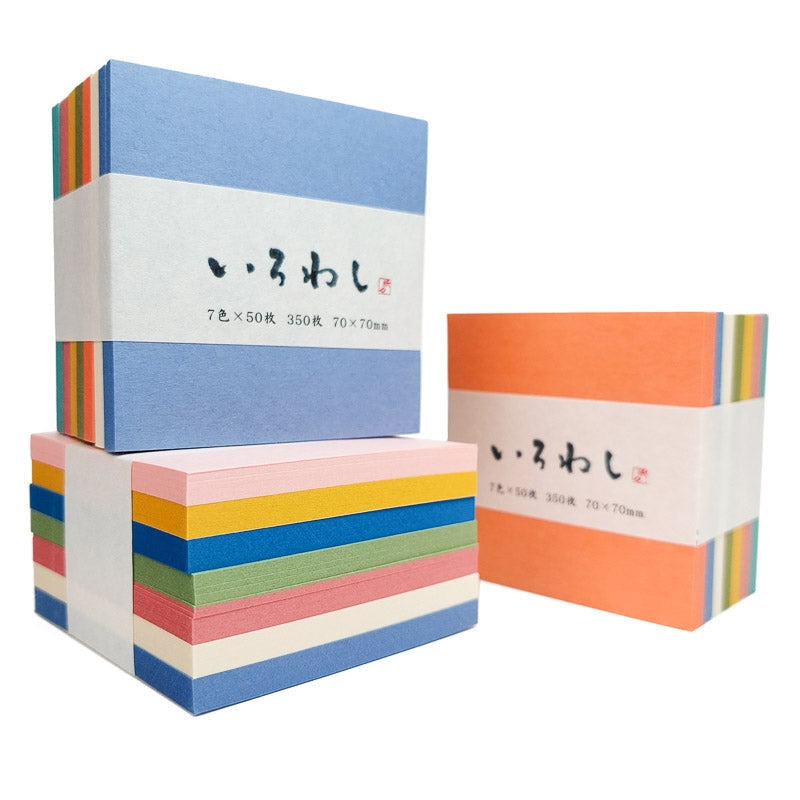
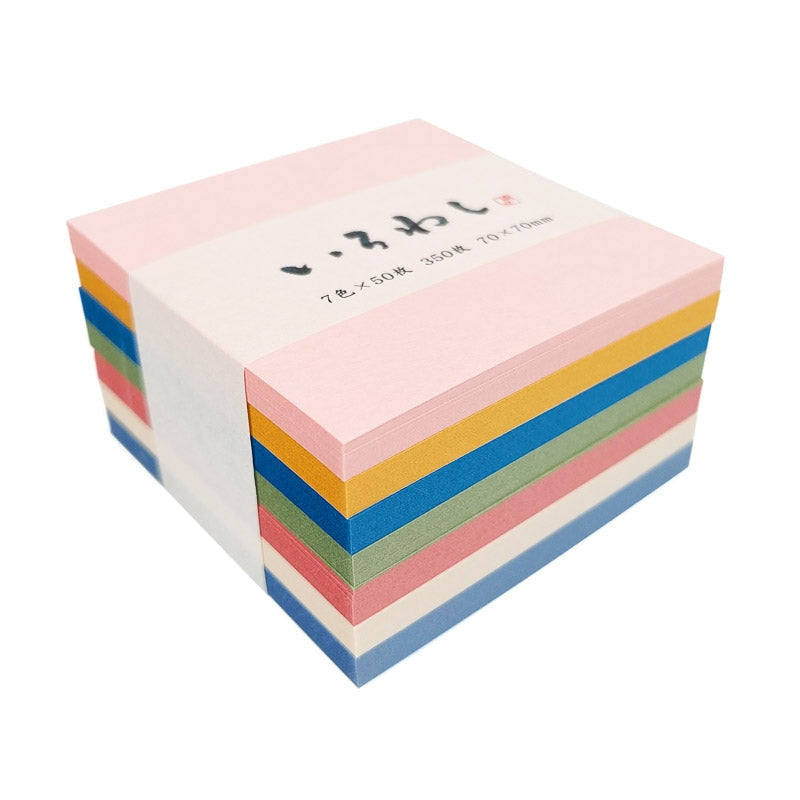
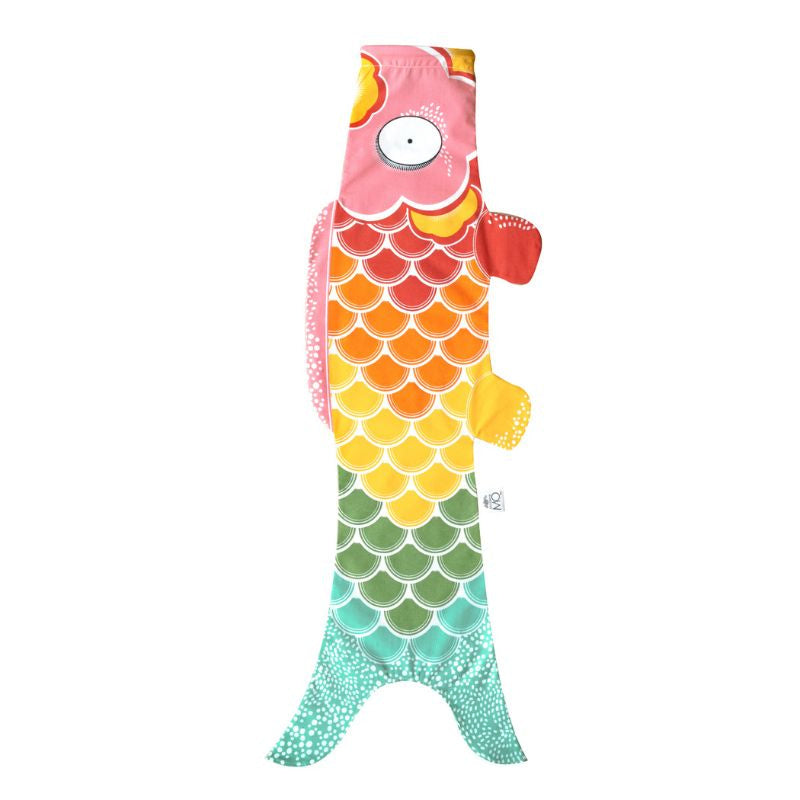
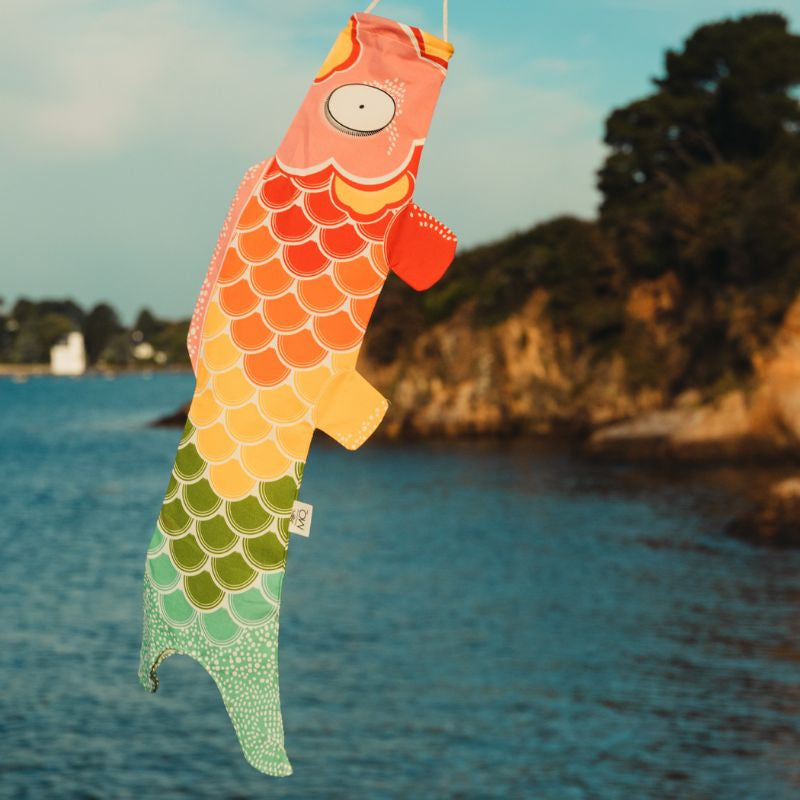
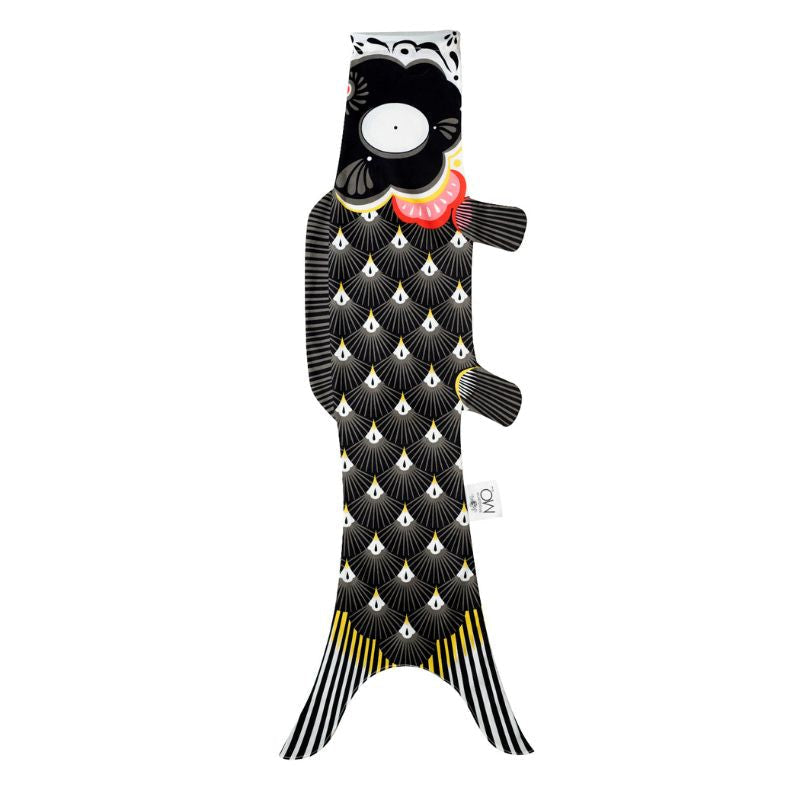

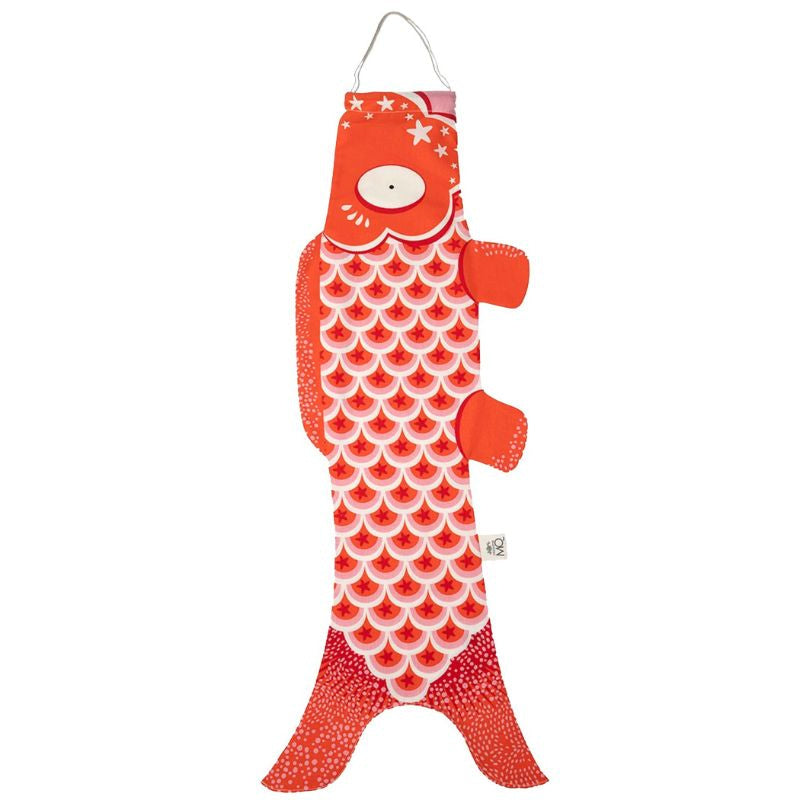
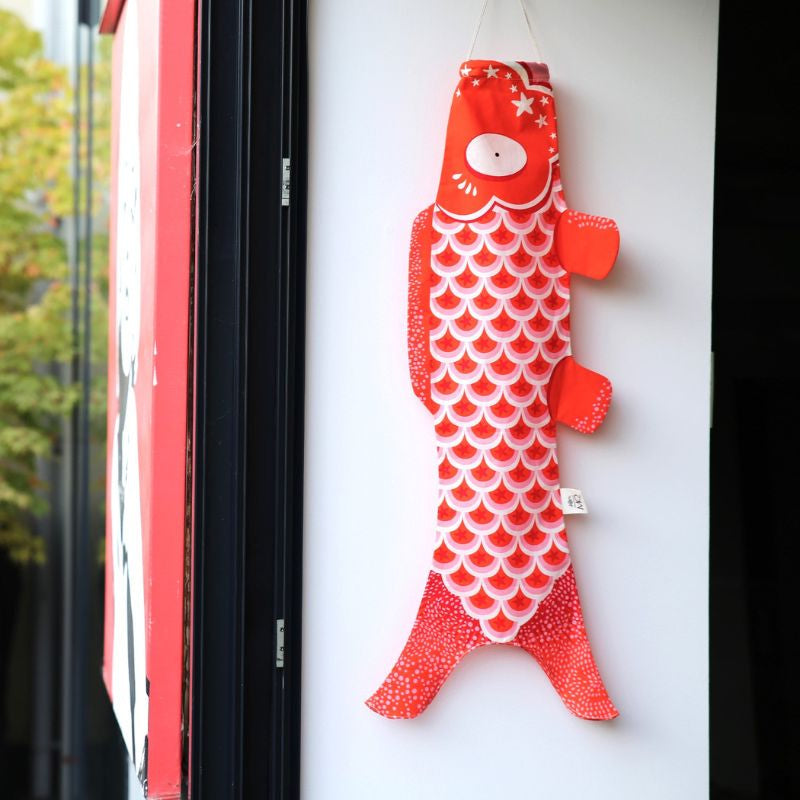
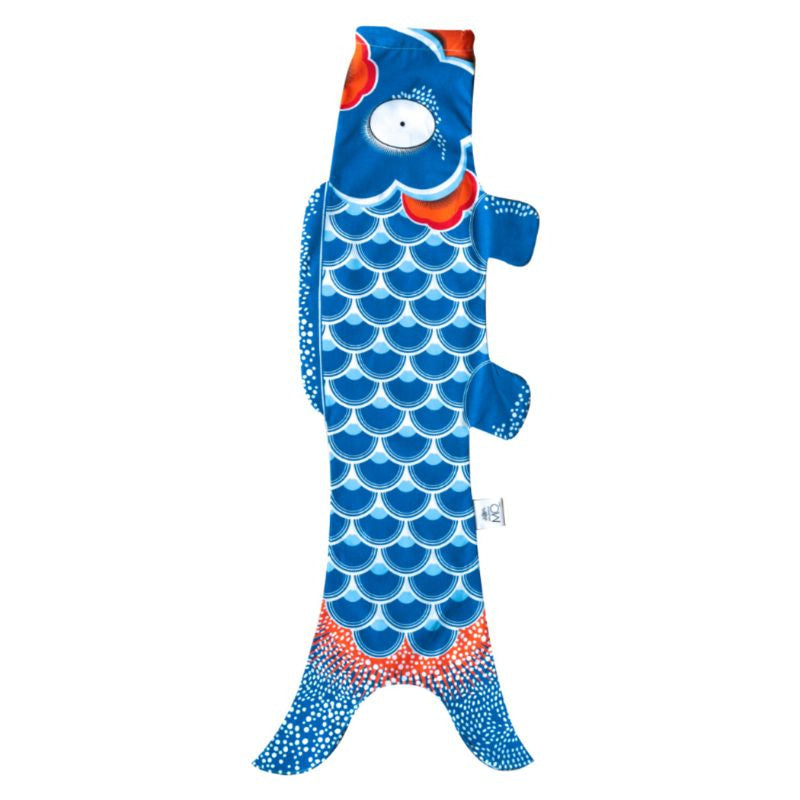
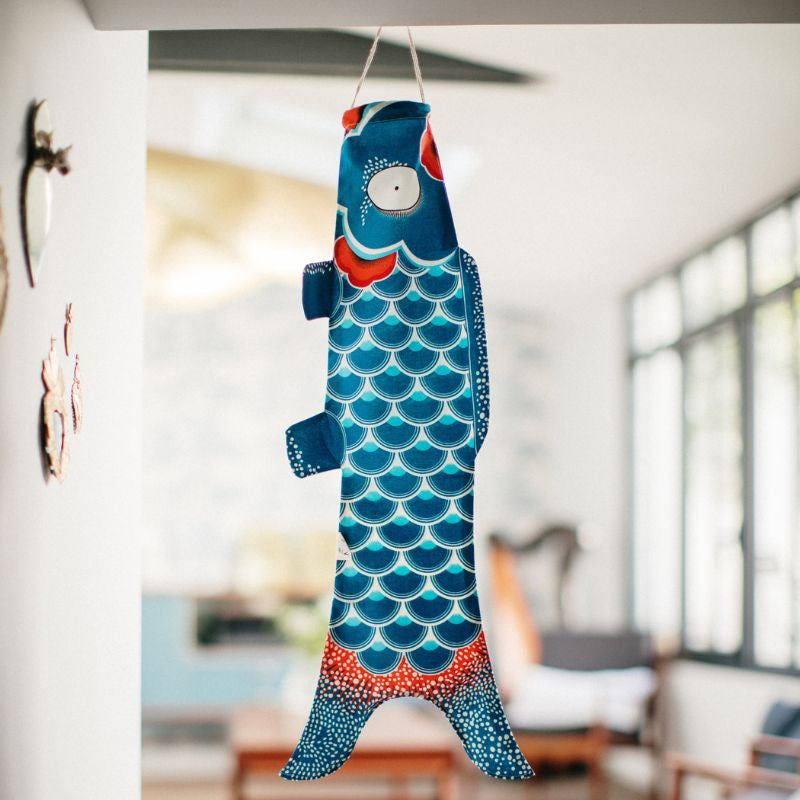
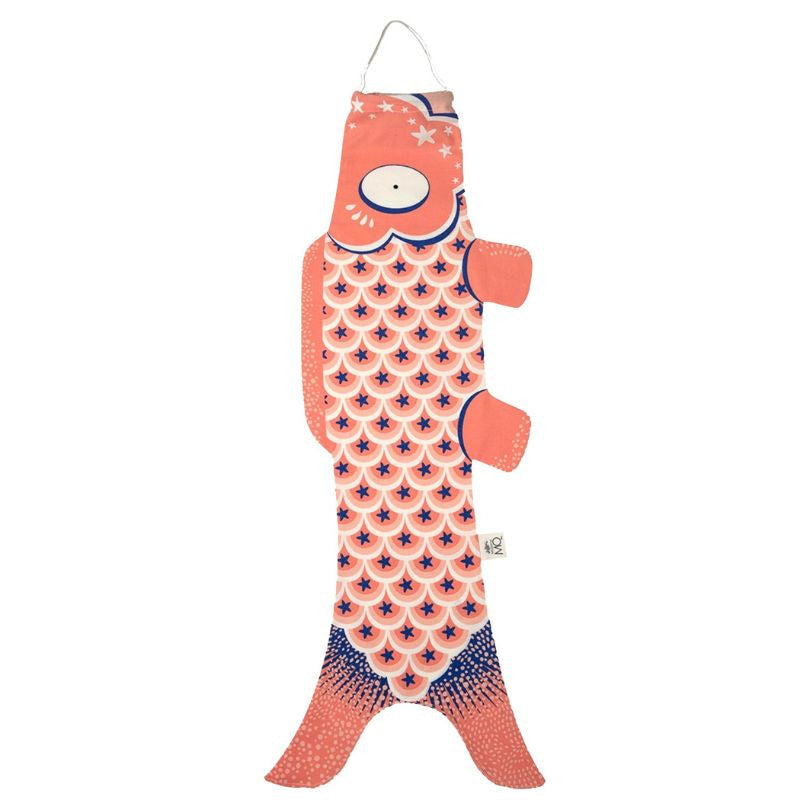
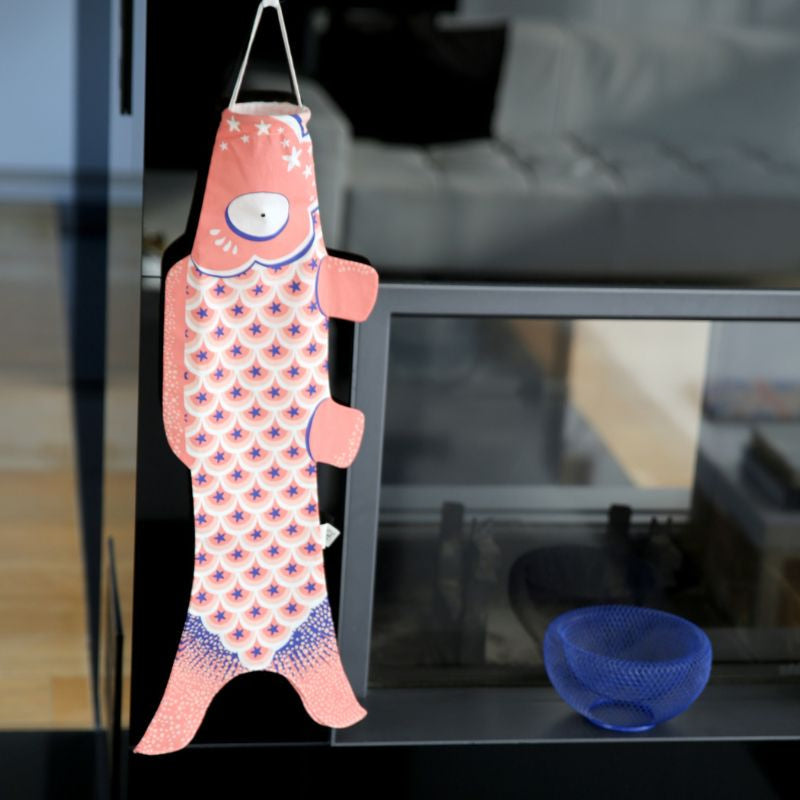
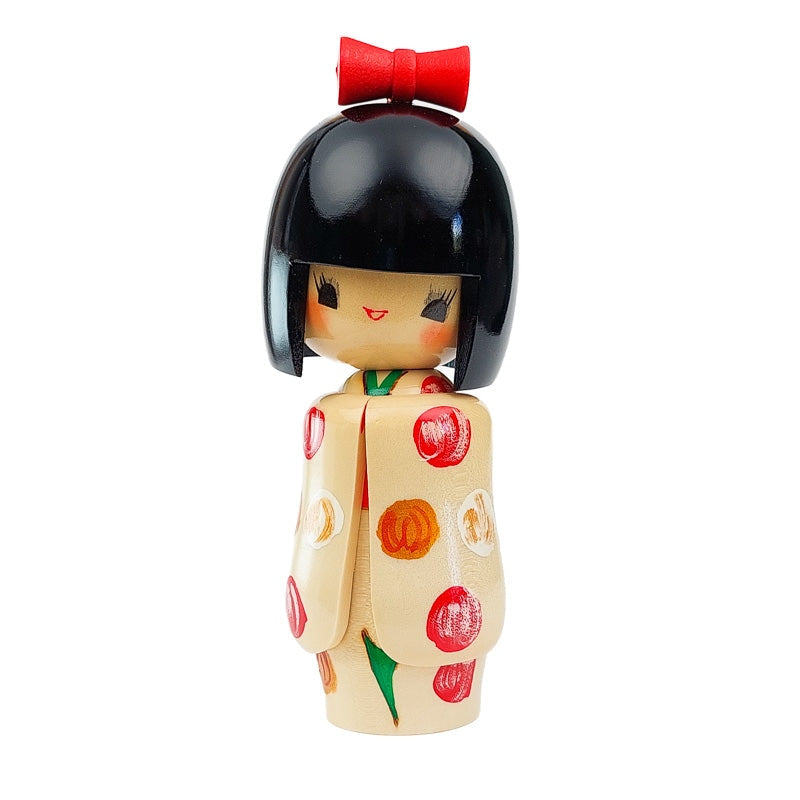
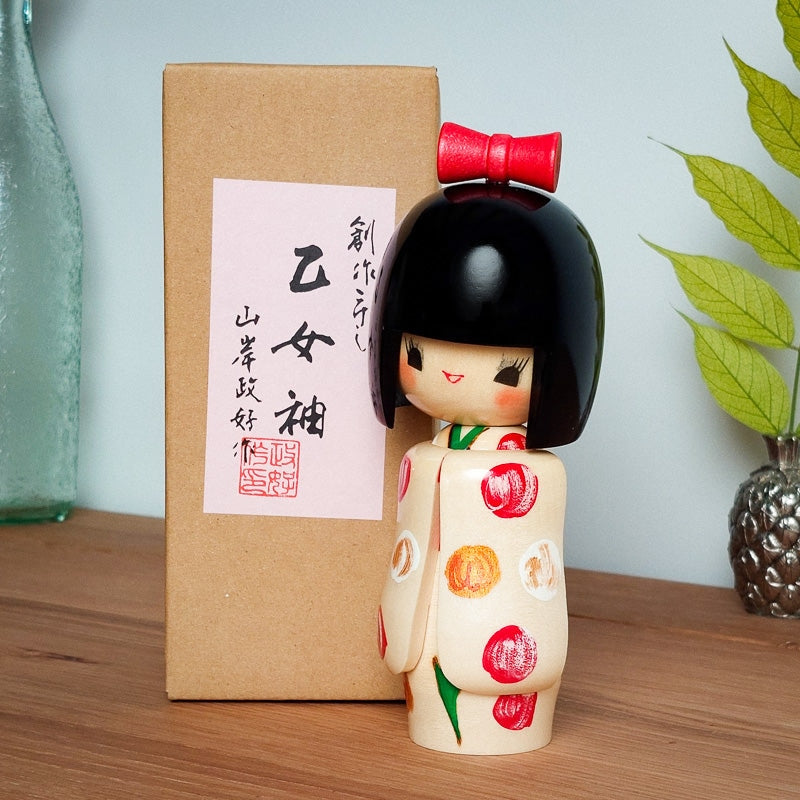
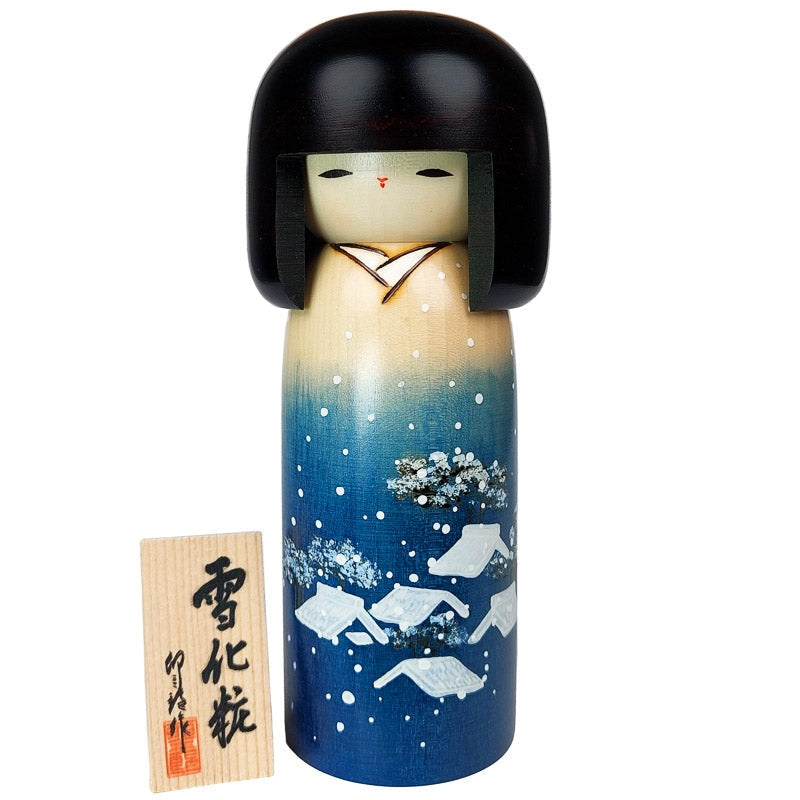

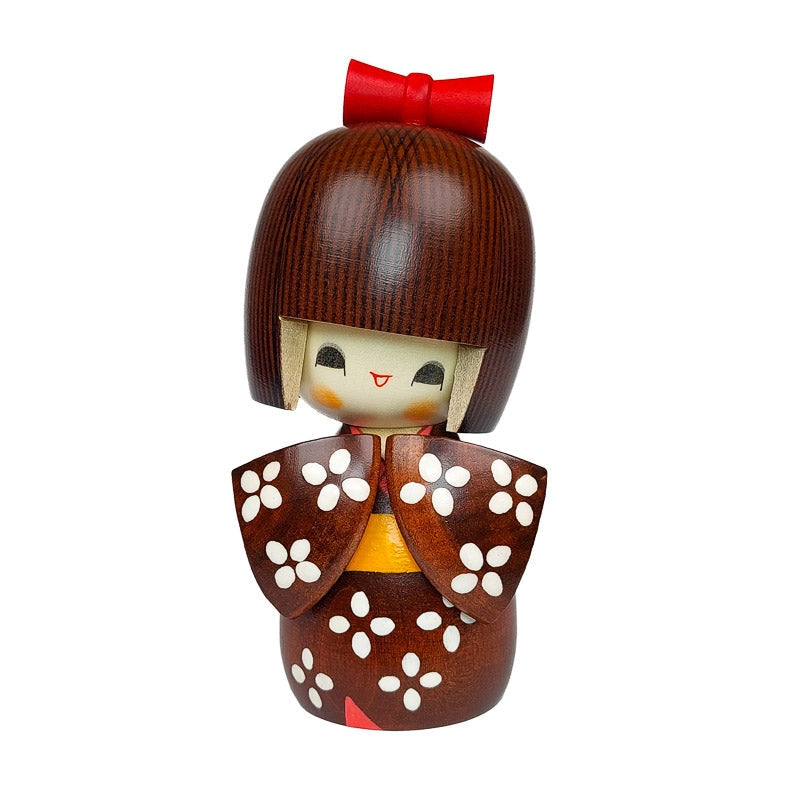
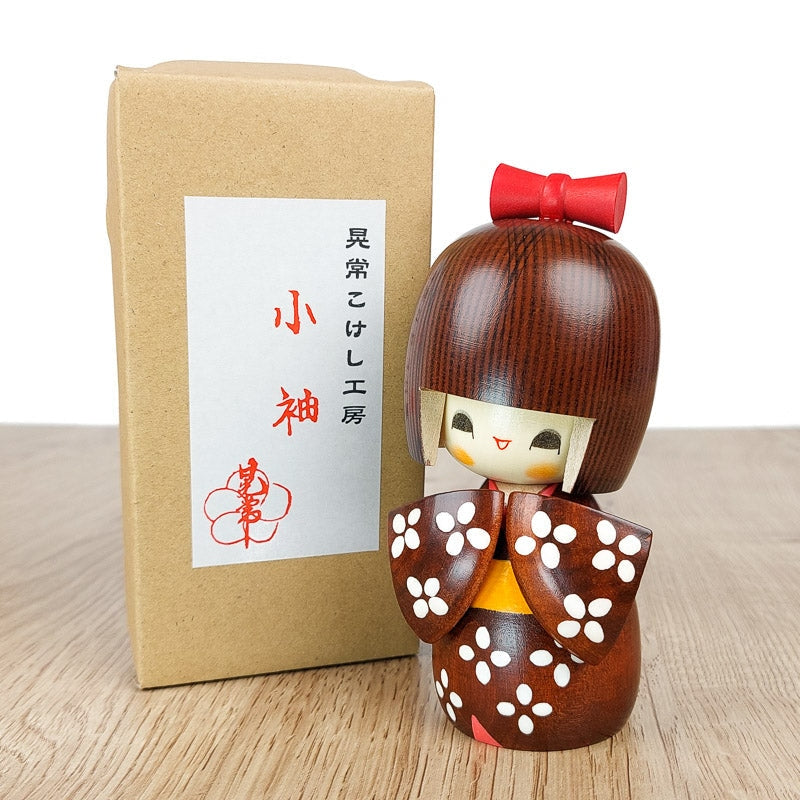
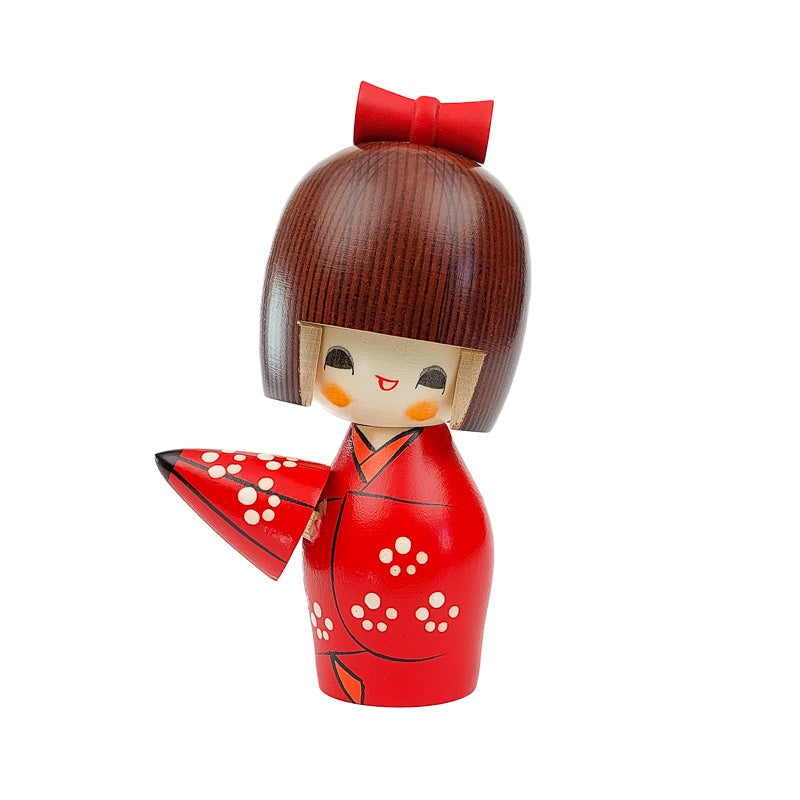
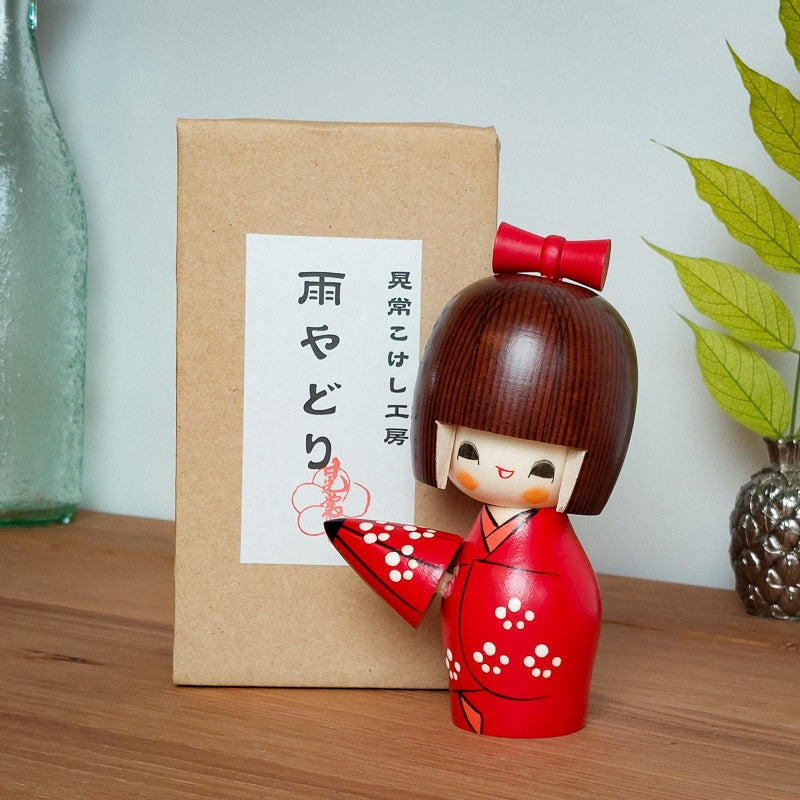
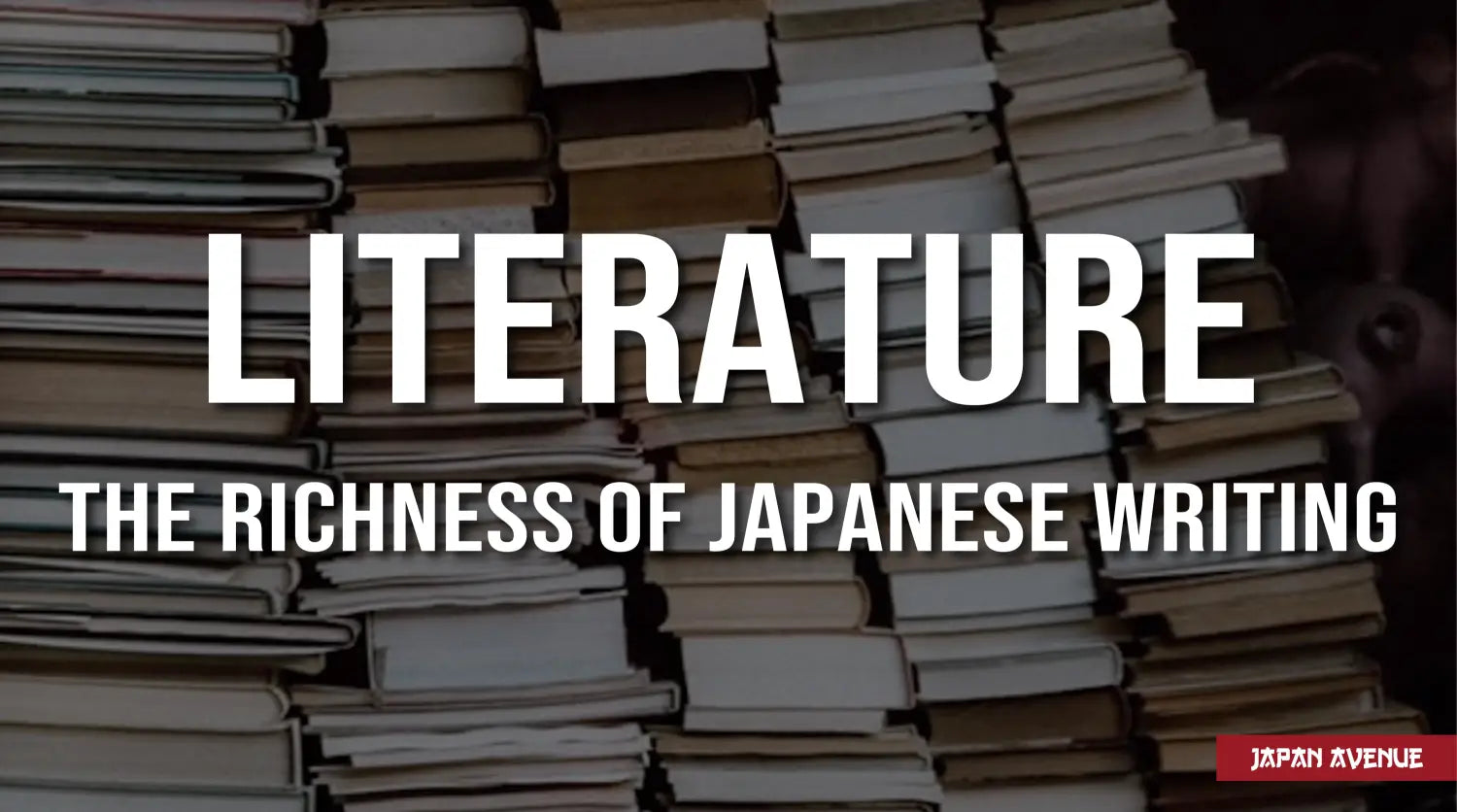
1 comment
Lee
Thank you for all your hard work compiling this blog. Filled with useful, and very interseting information, your site is a joy to spend hours reading and shopping. Arigato gozimasu.
Thank you for all your hard work compiling this blog. Filled with useful, and very interseting information, your site is a joy to spend hours reading and shopping. Arigato gozimasu.